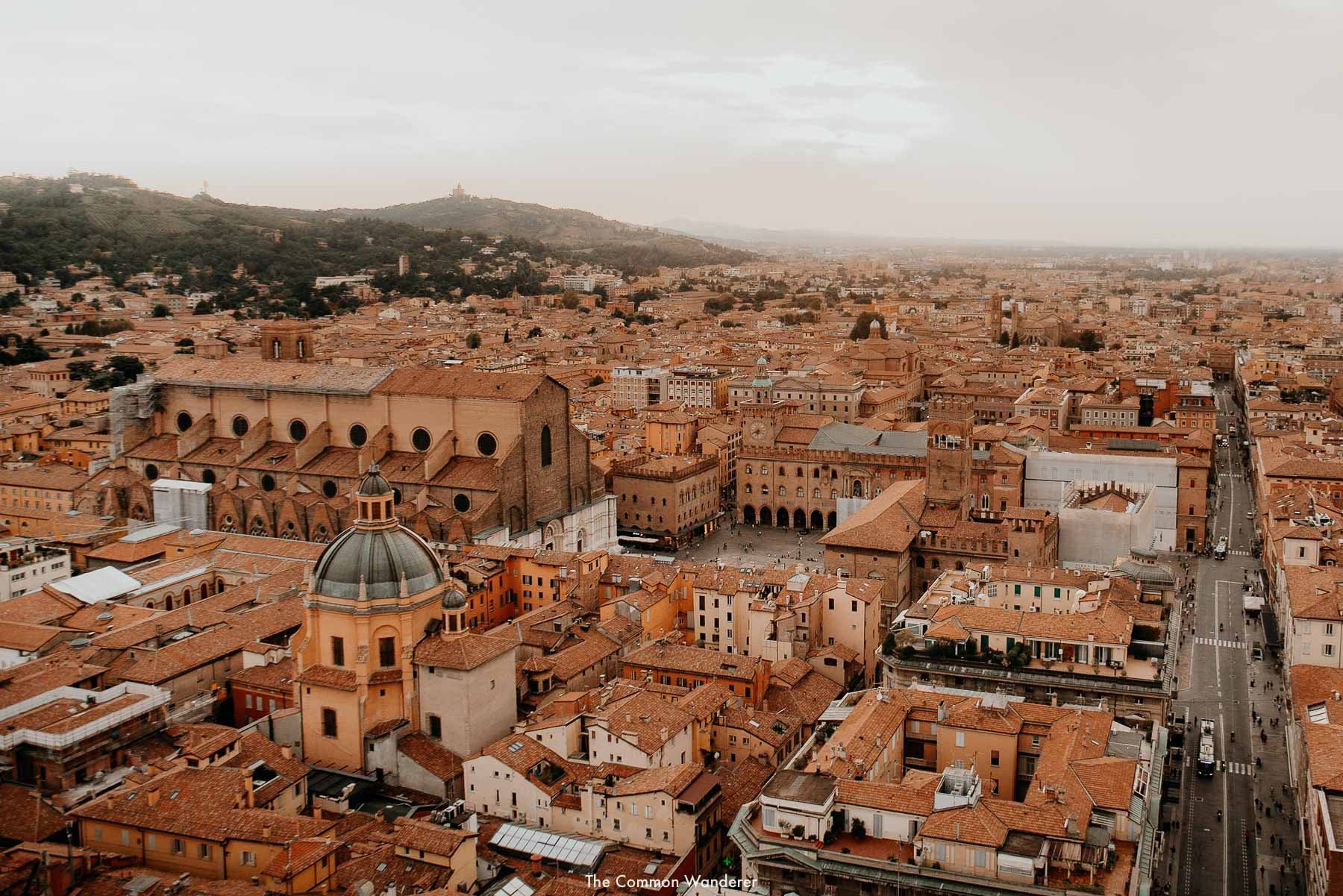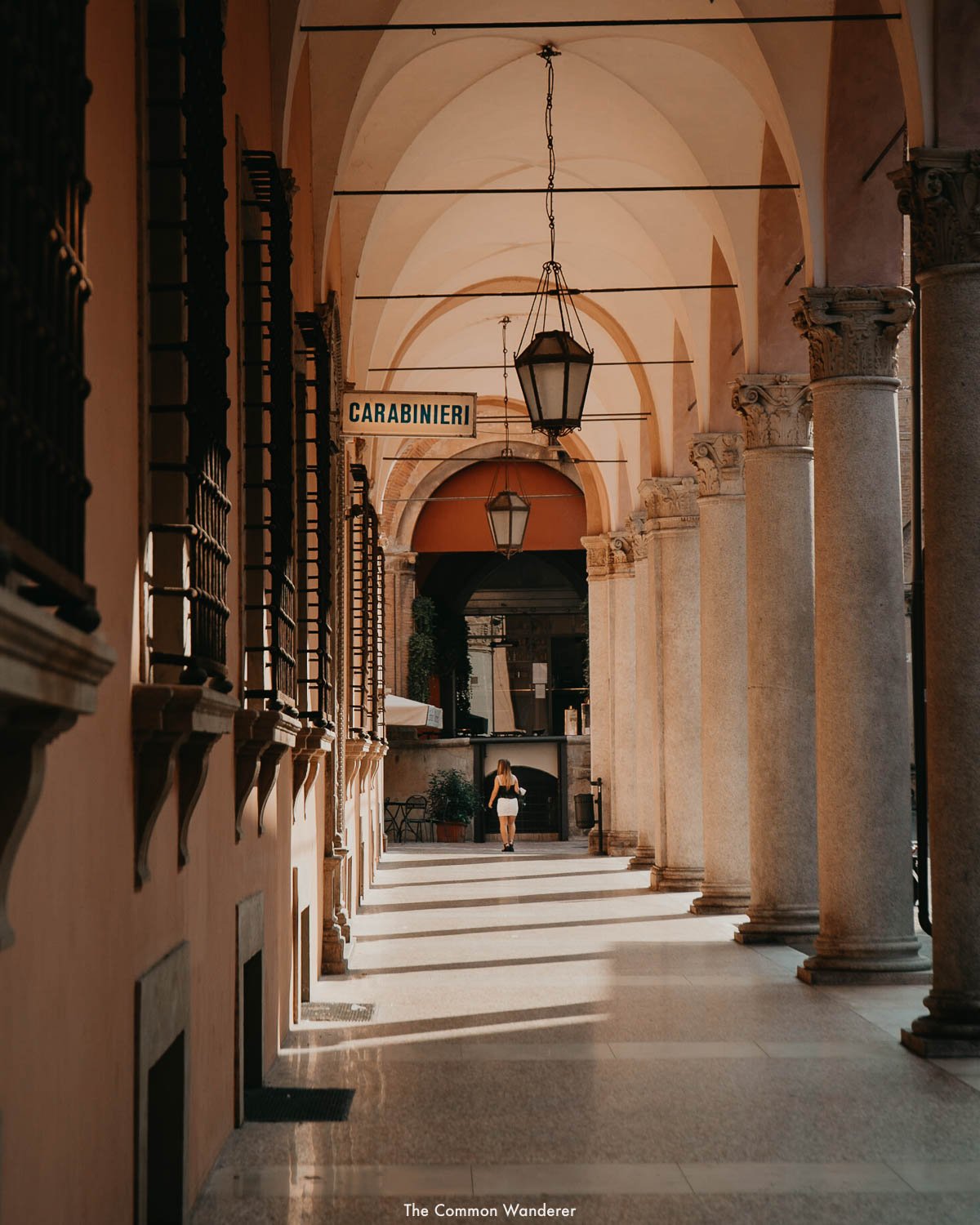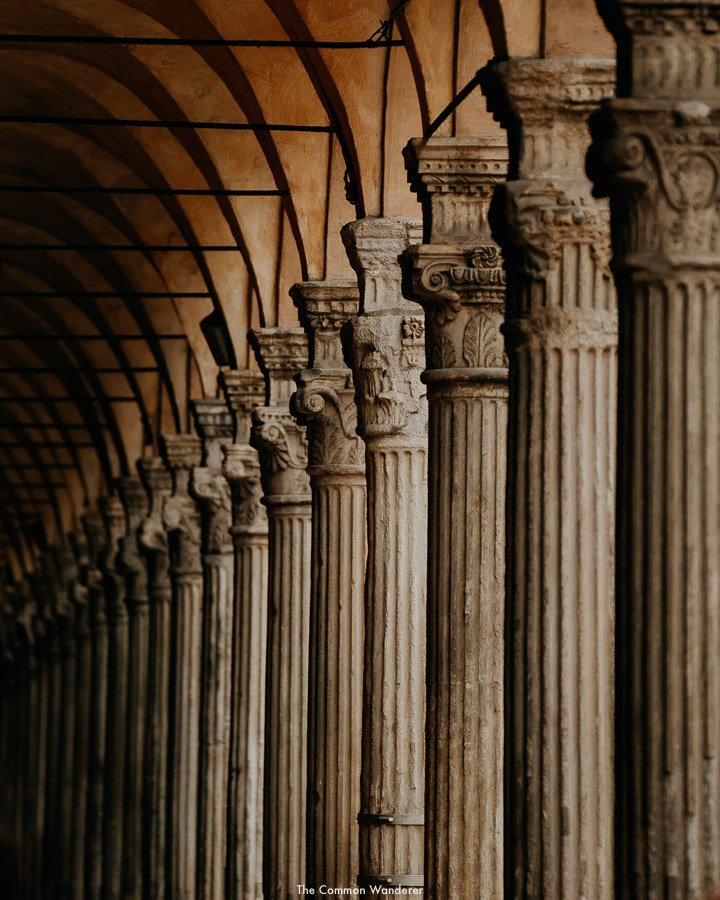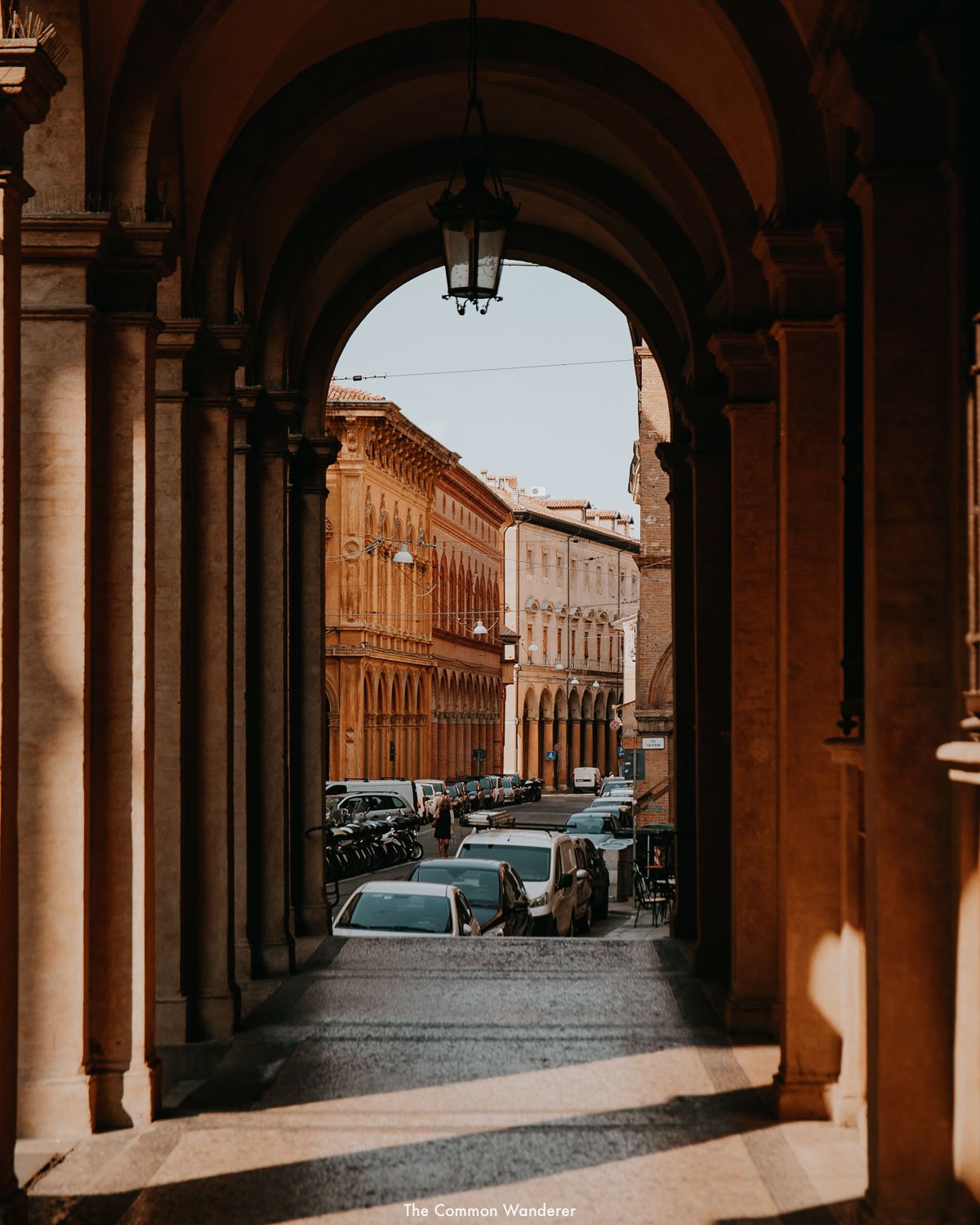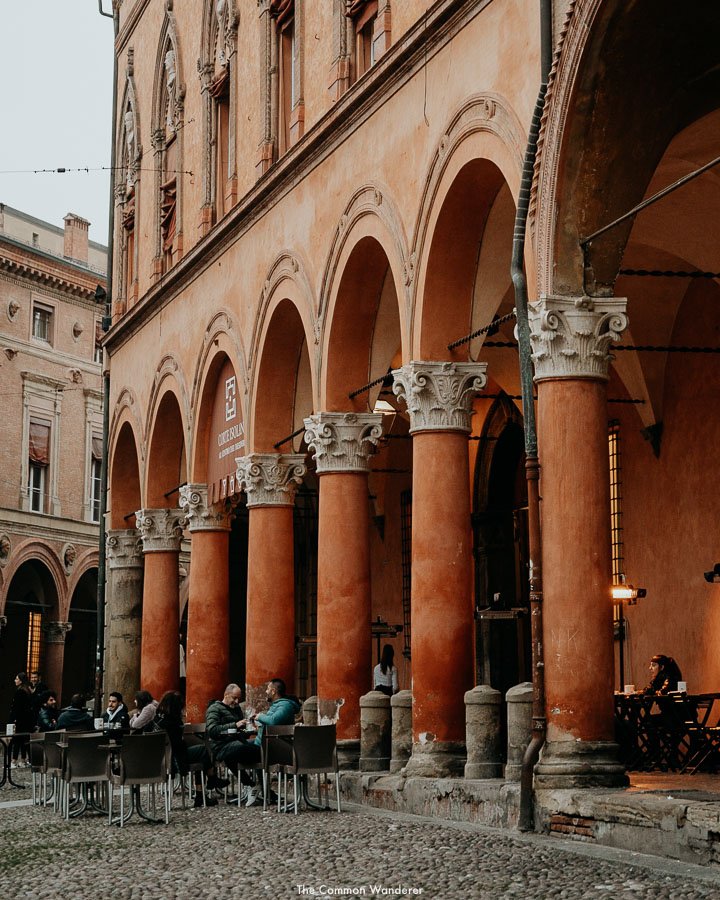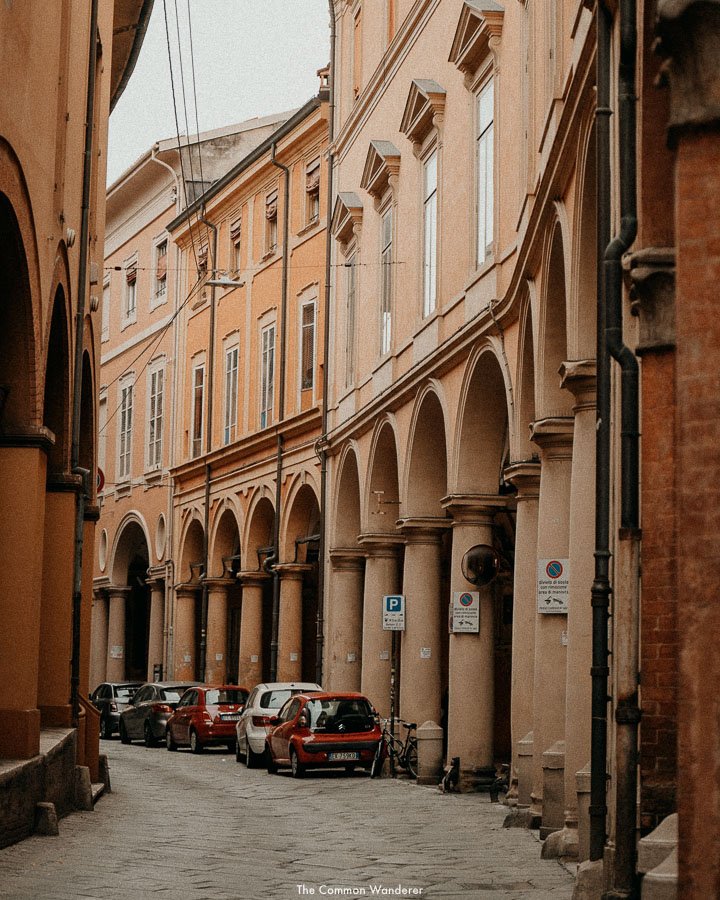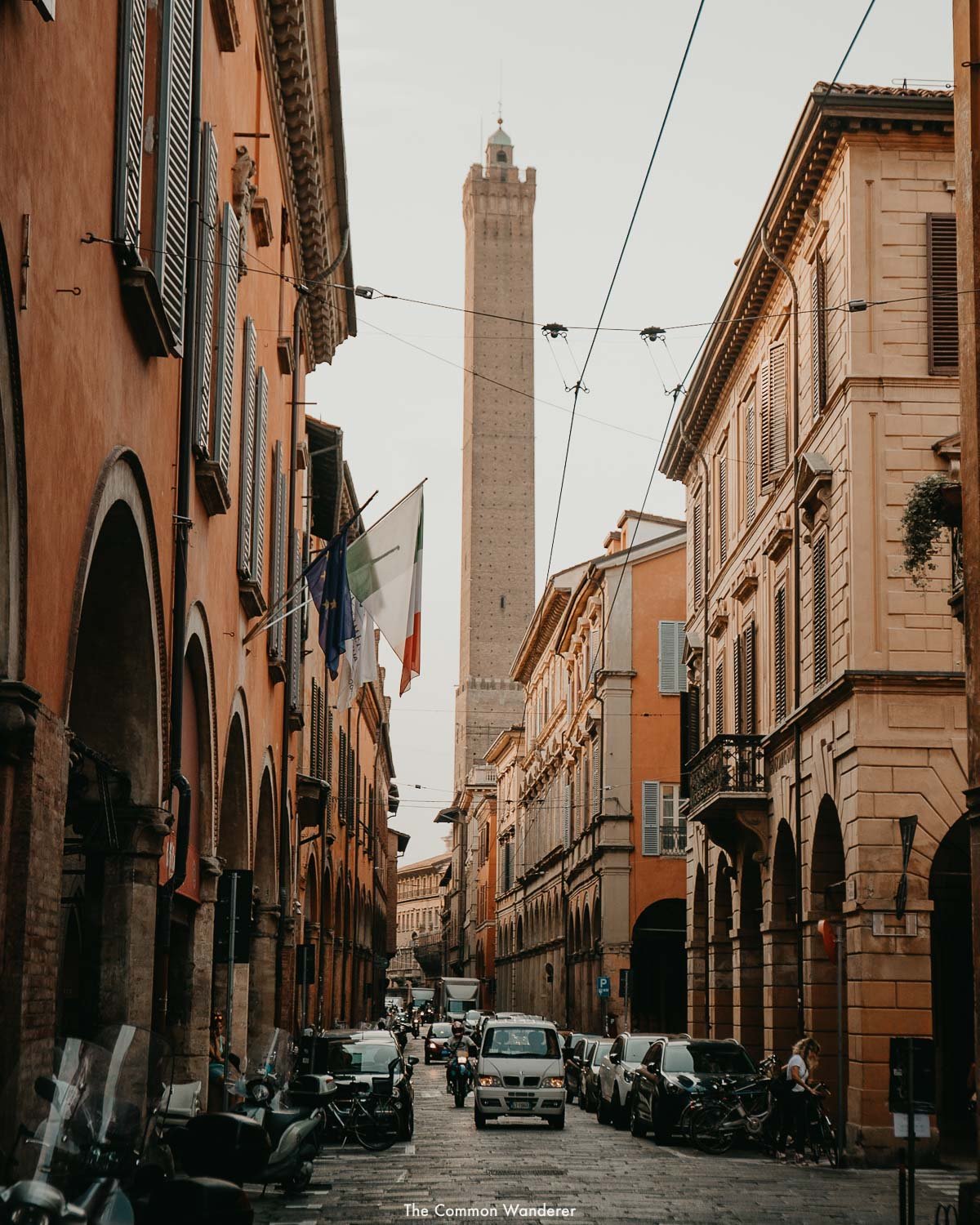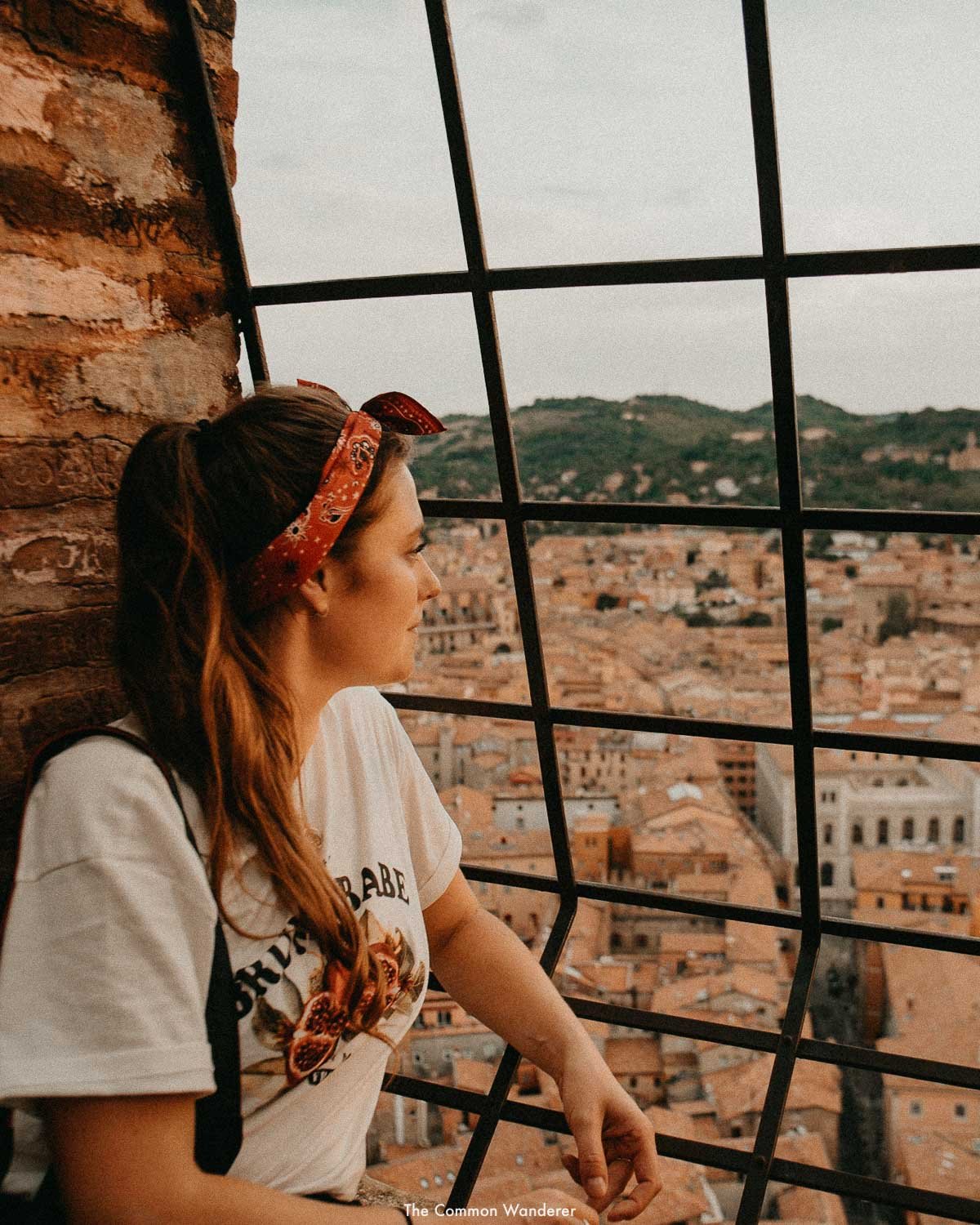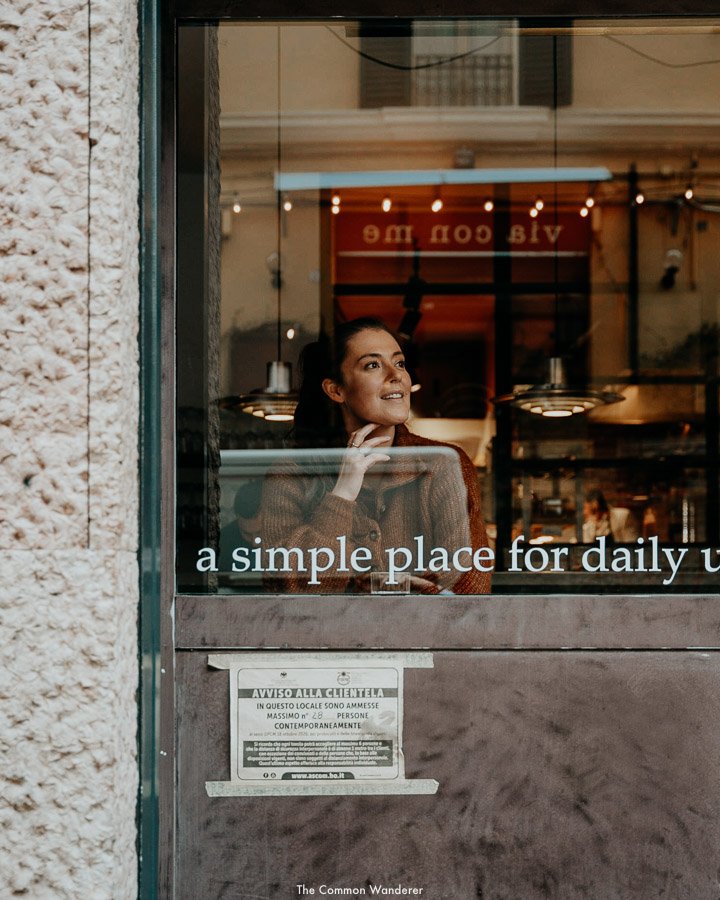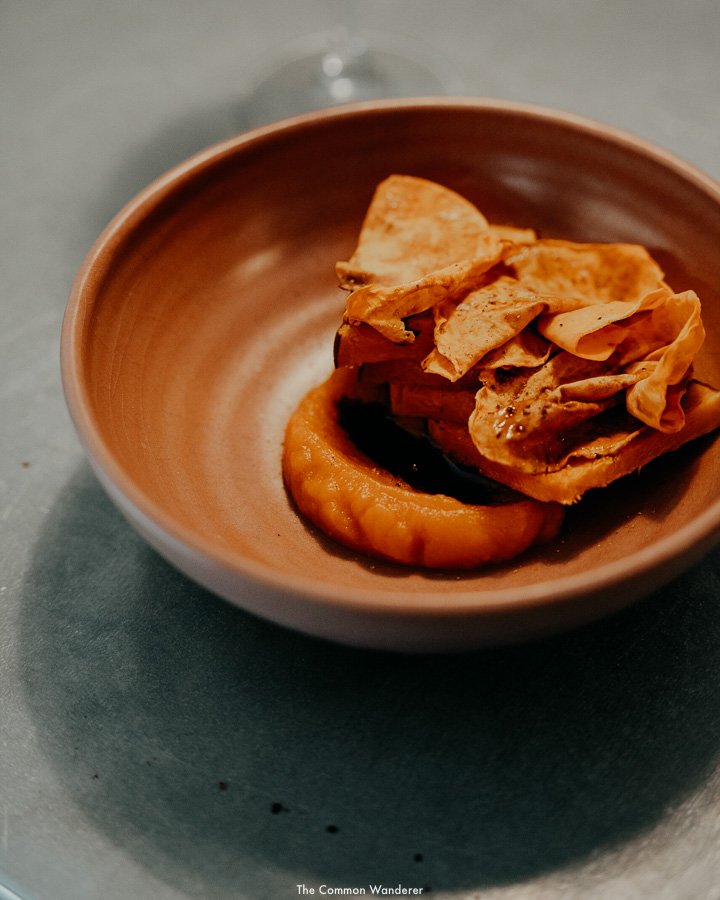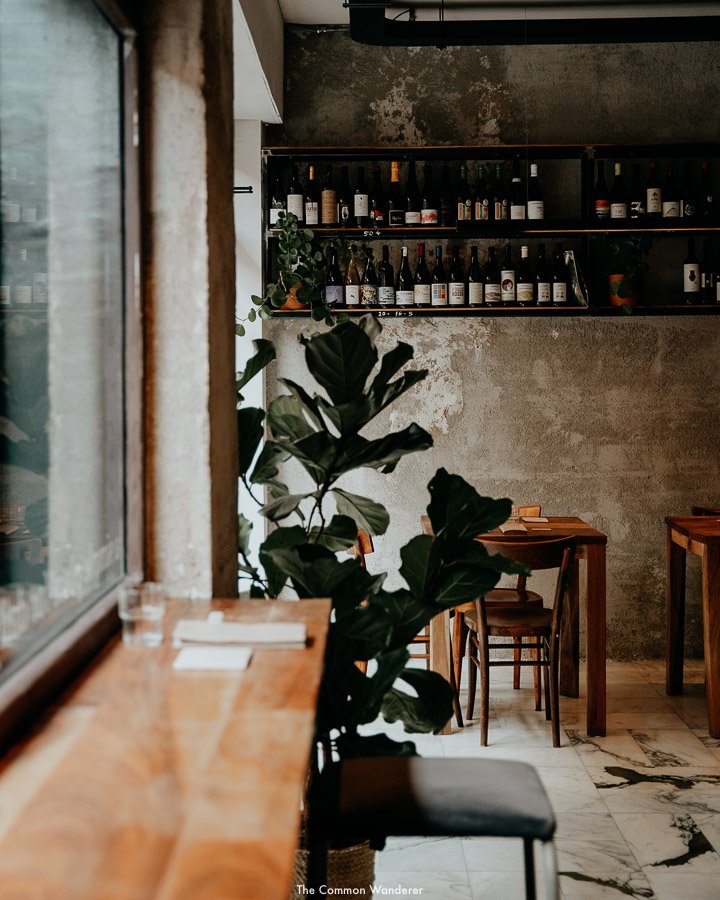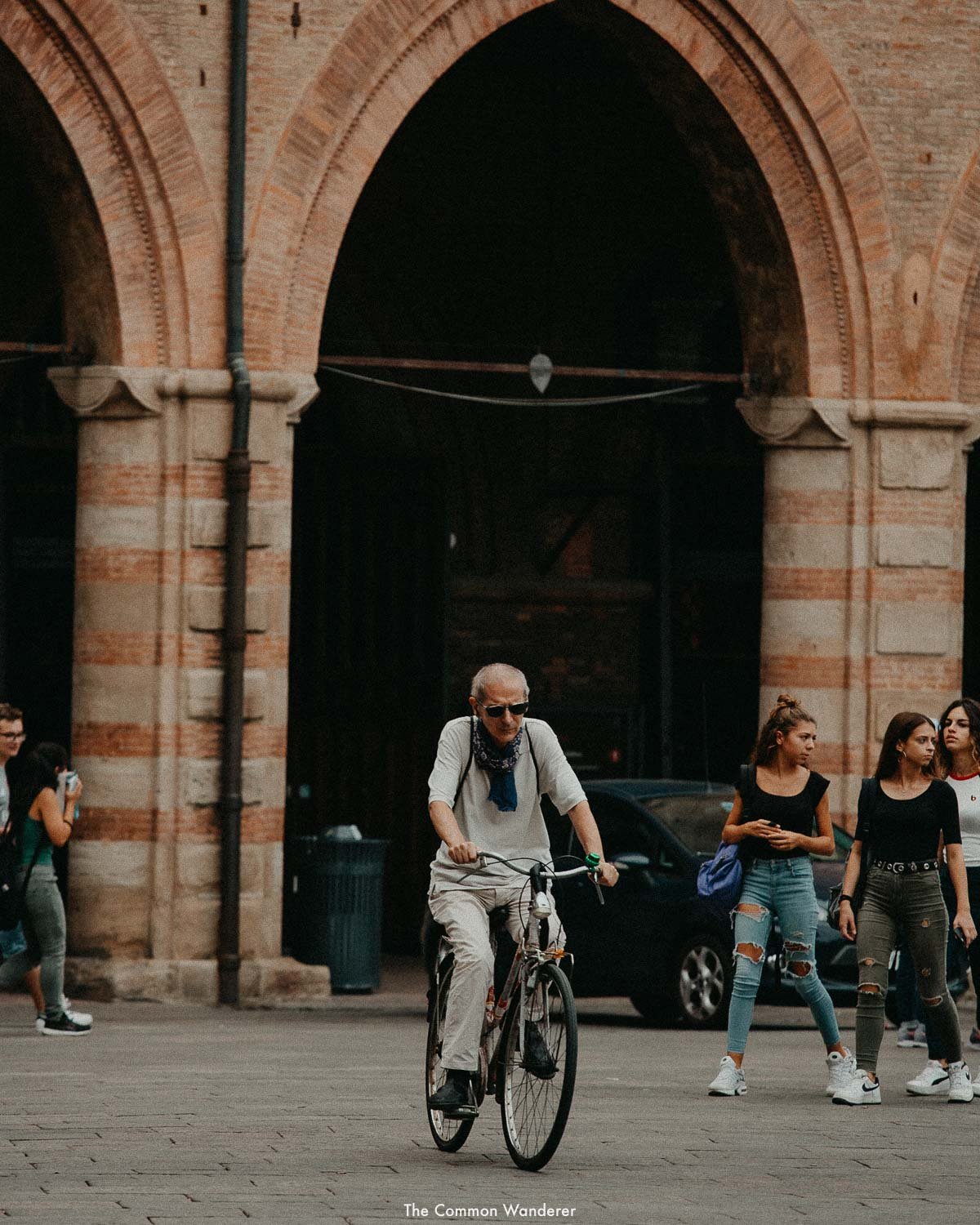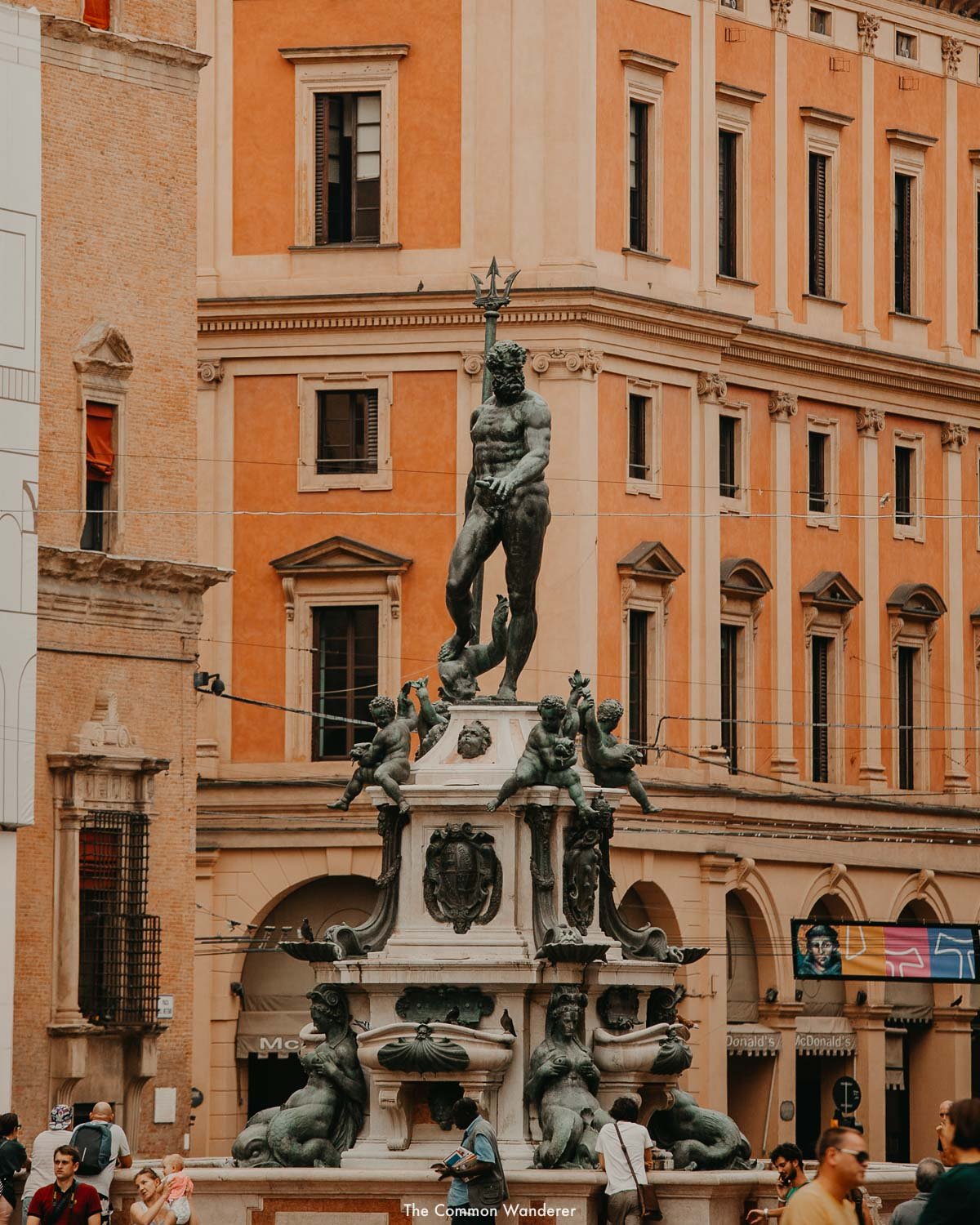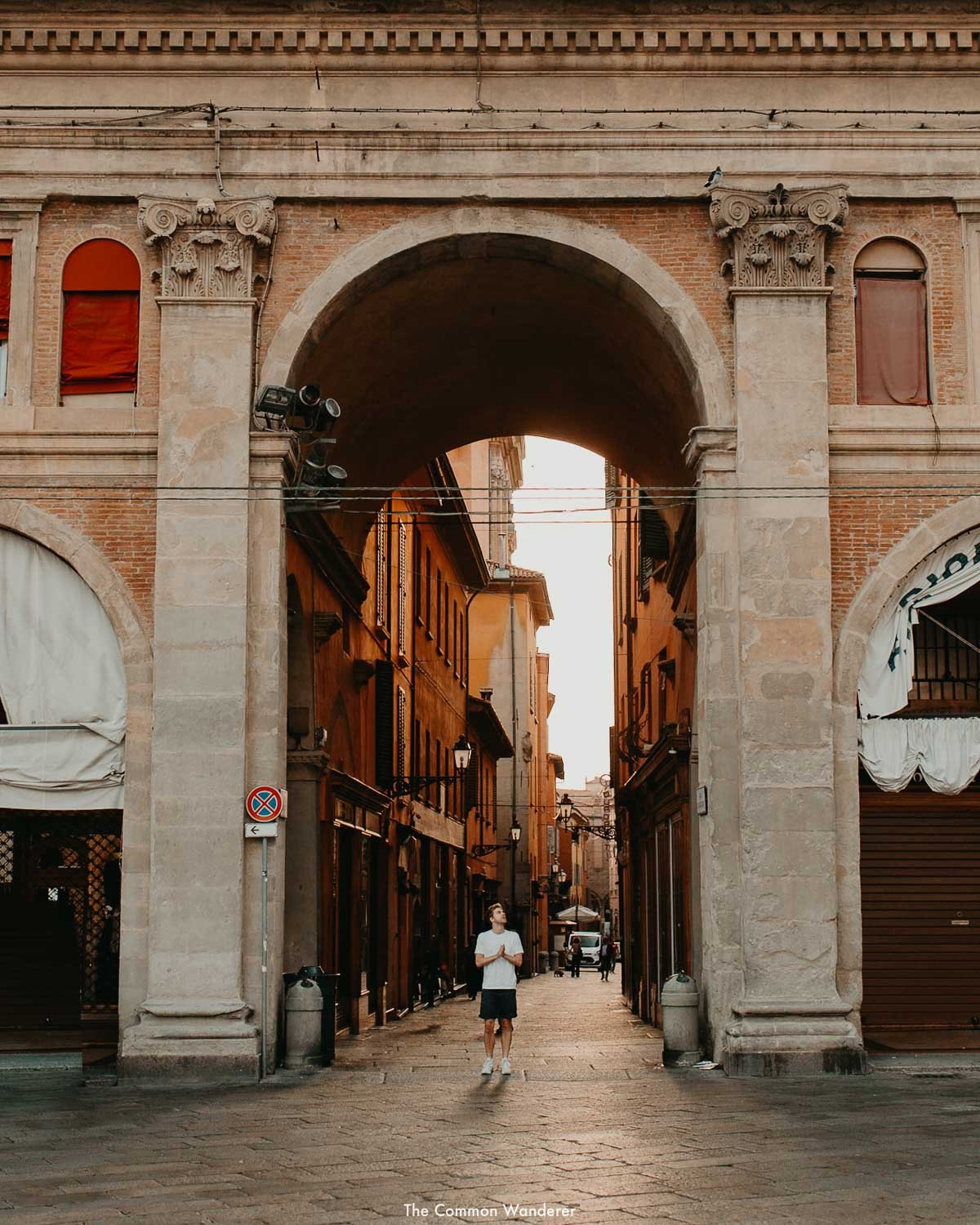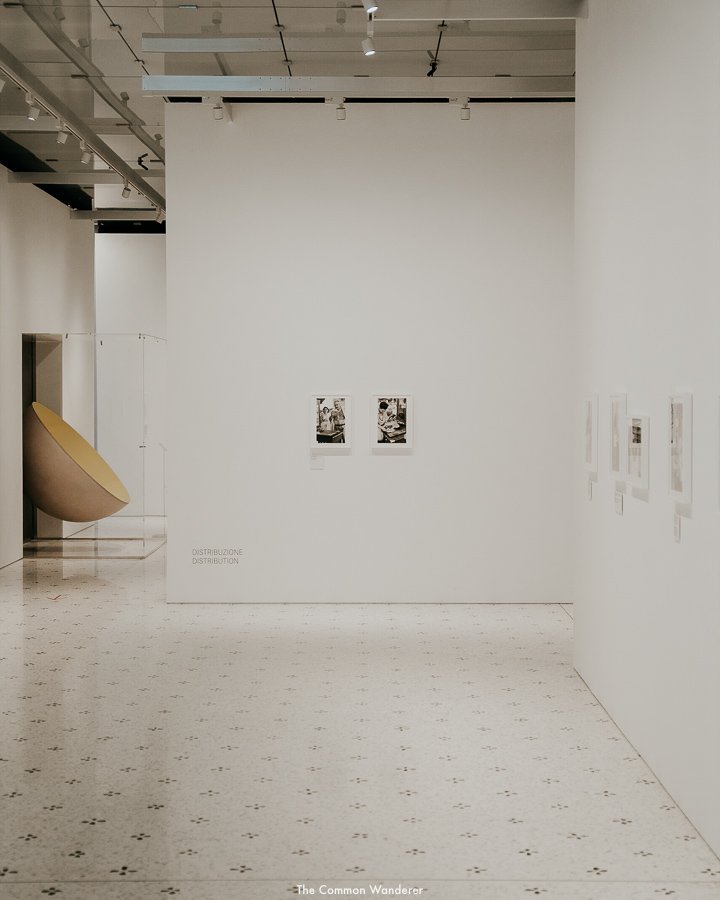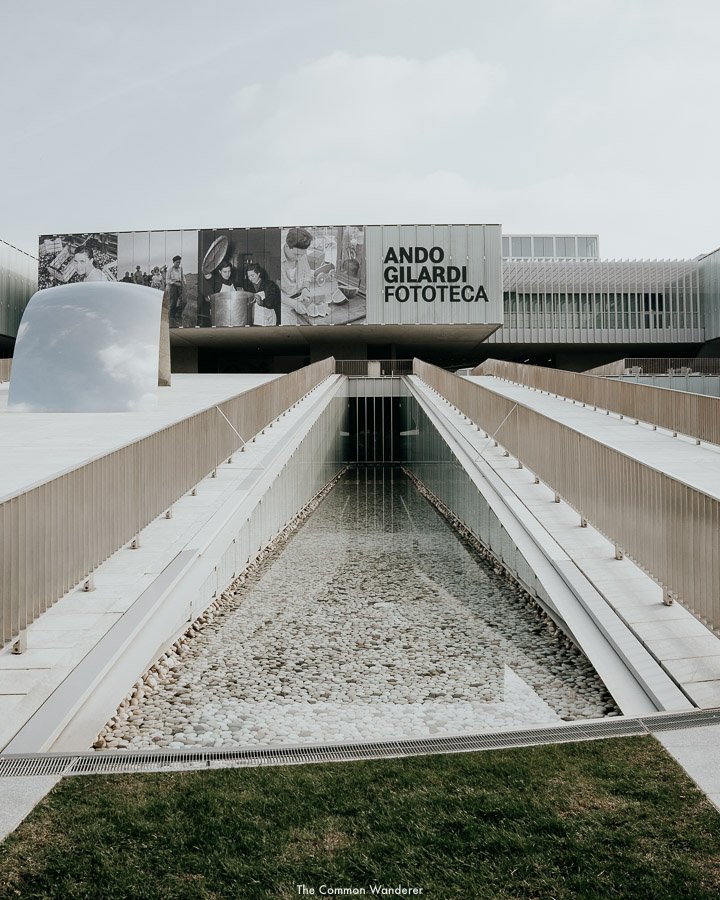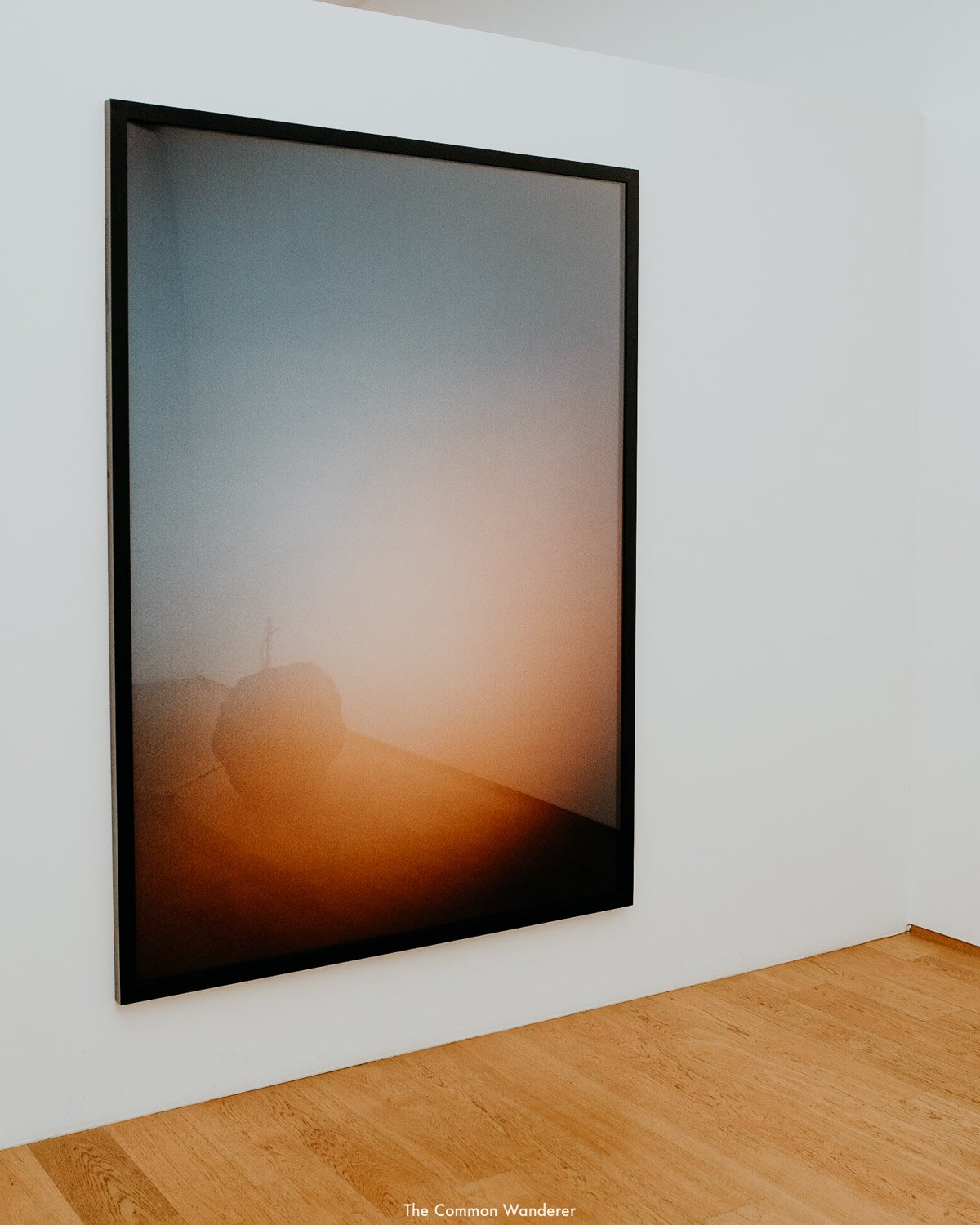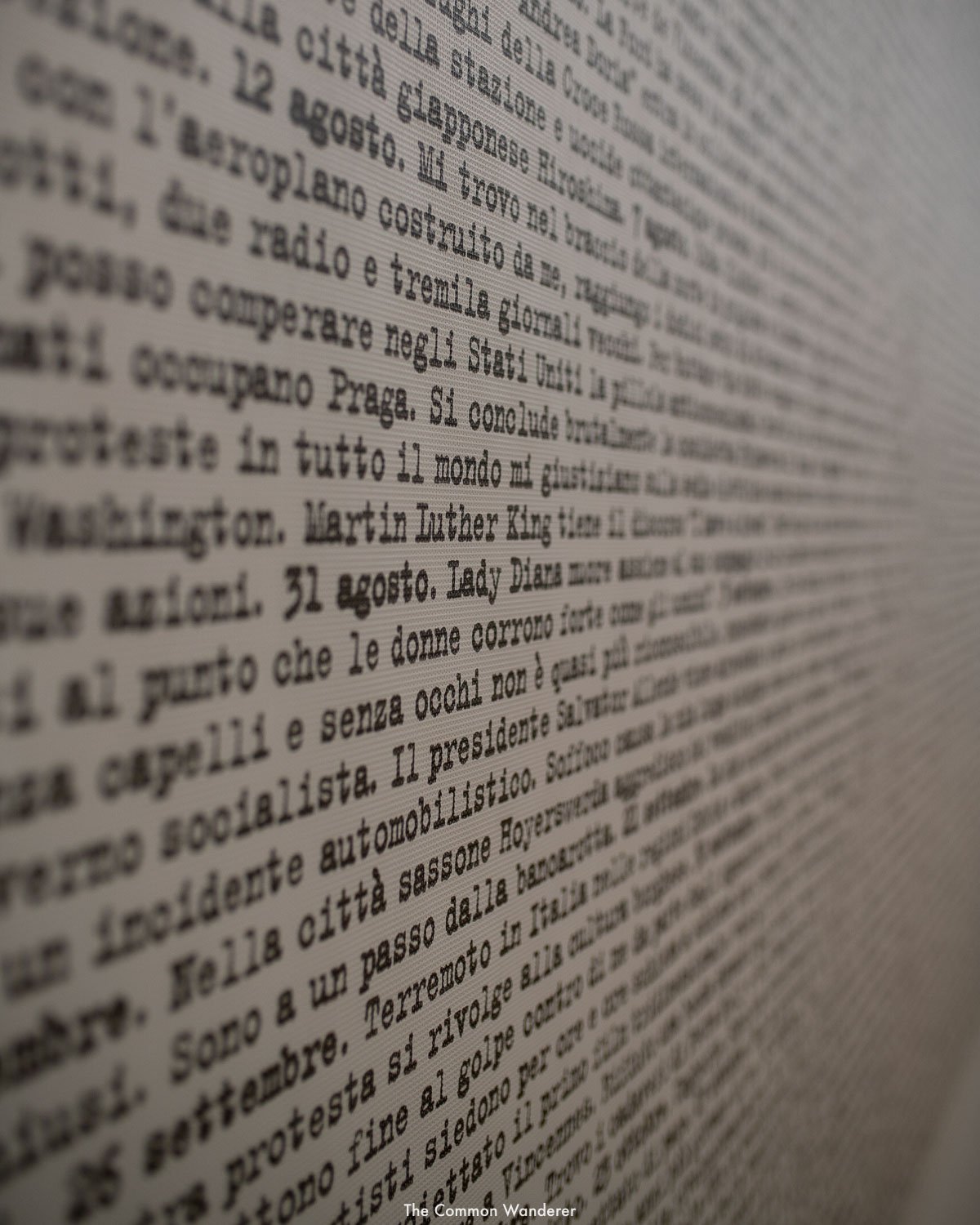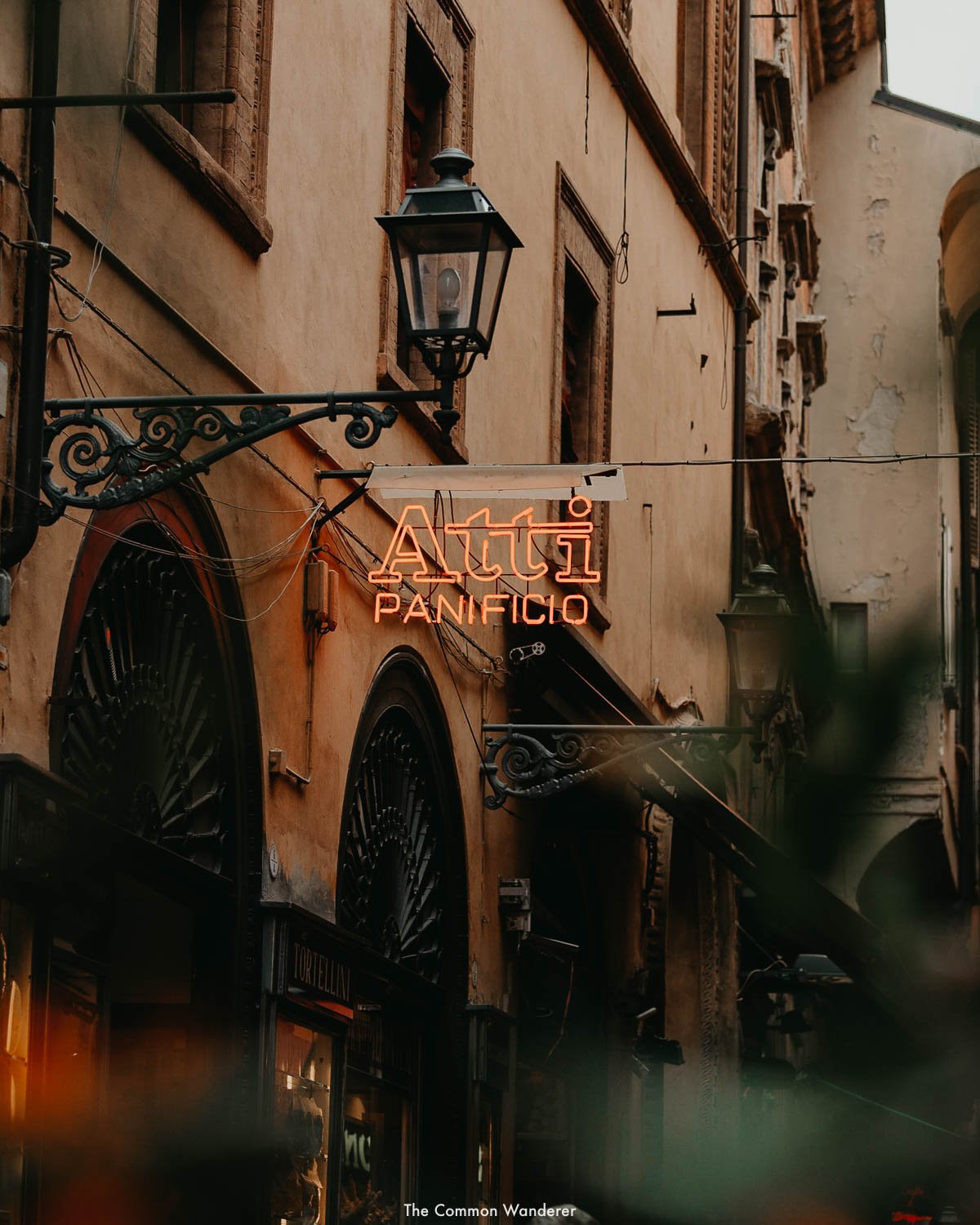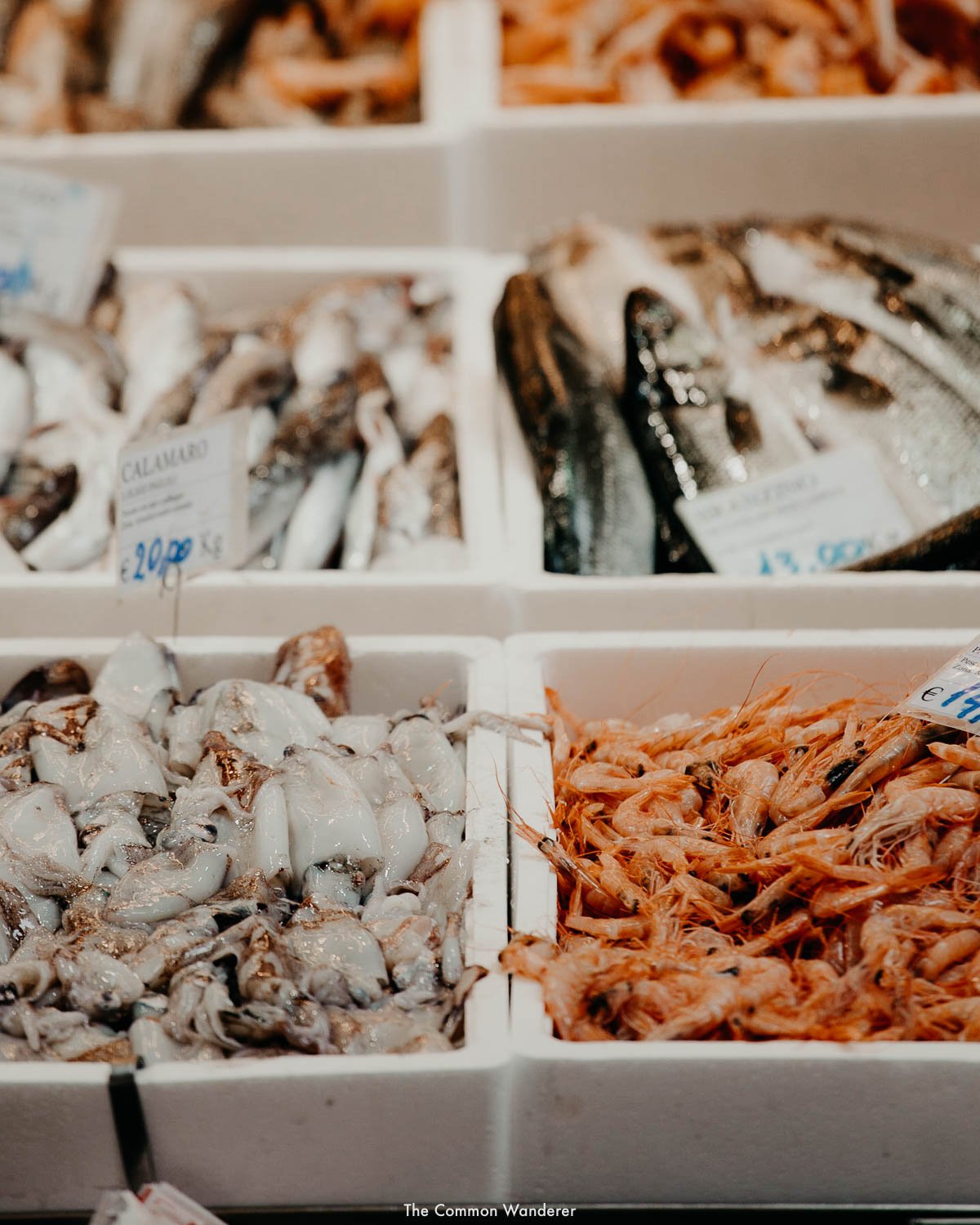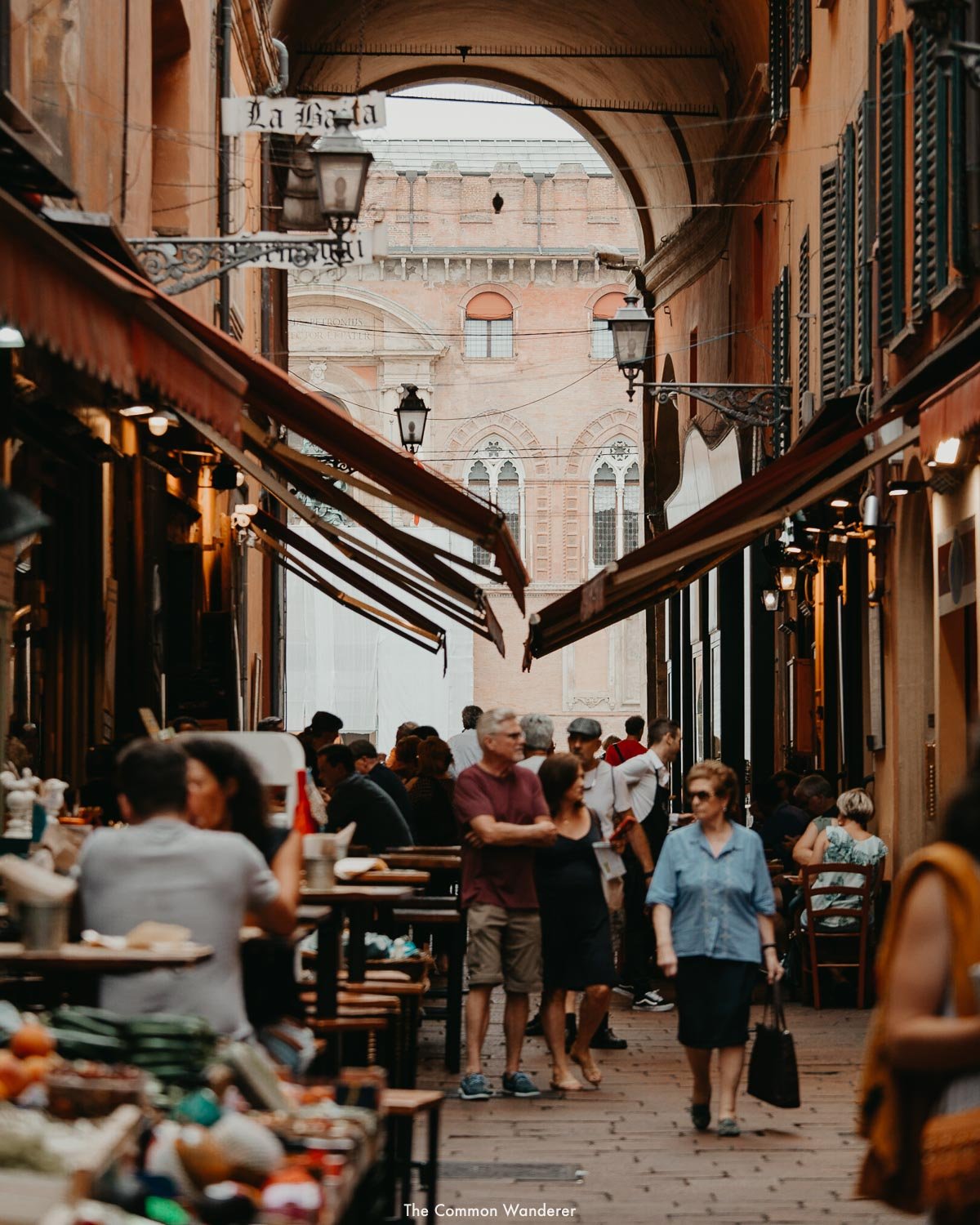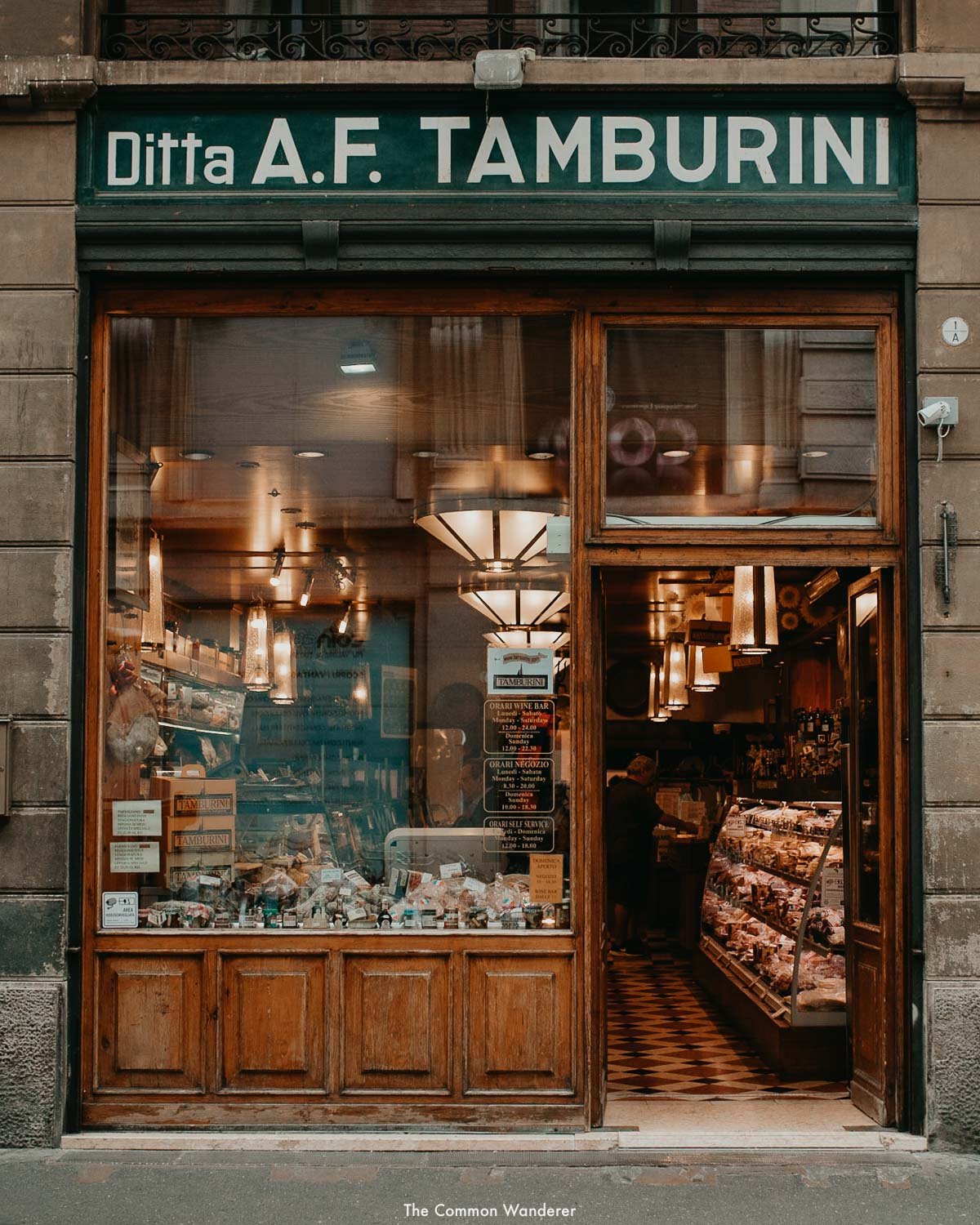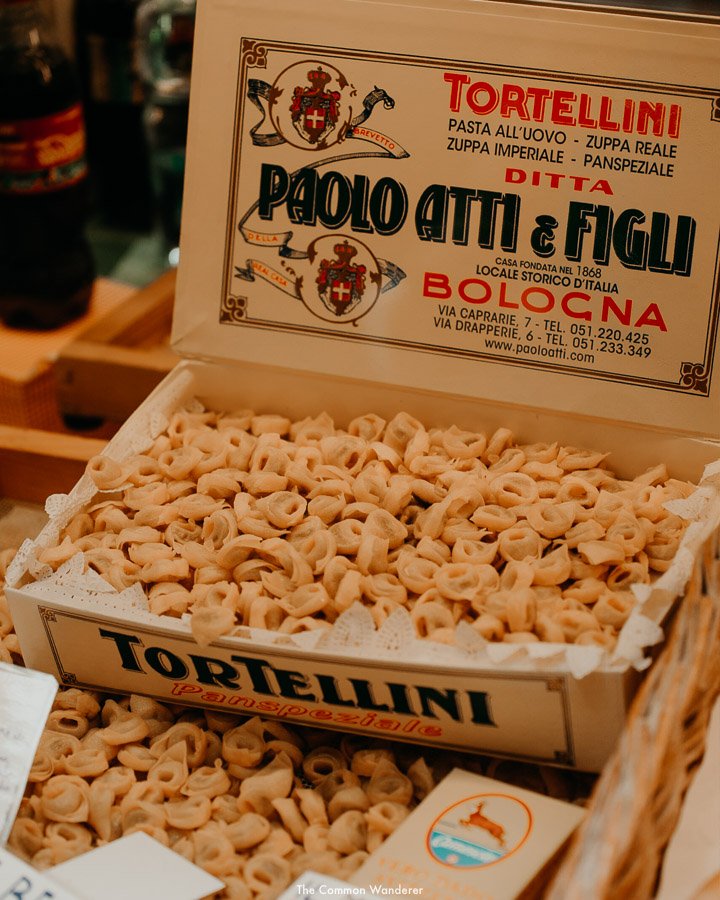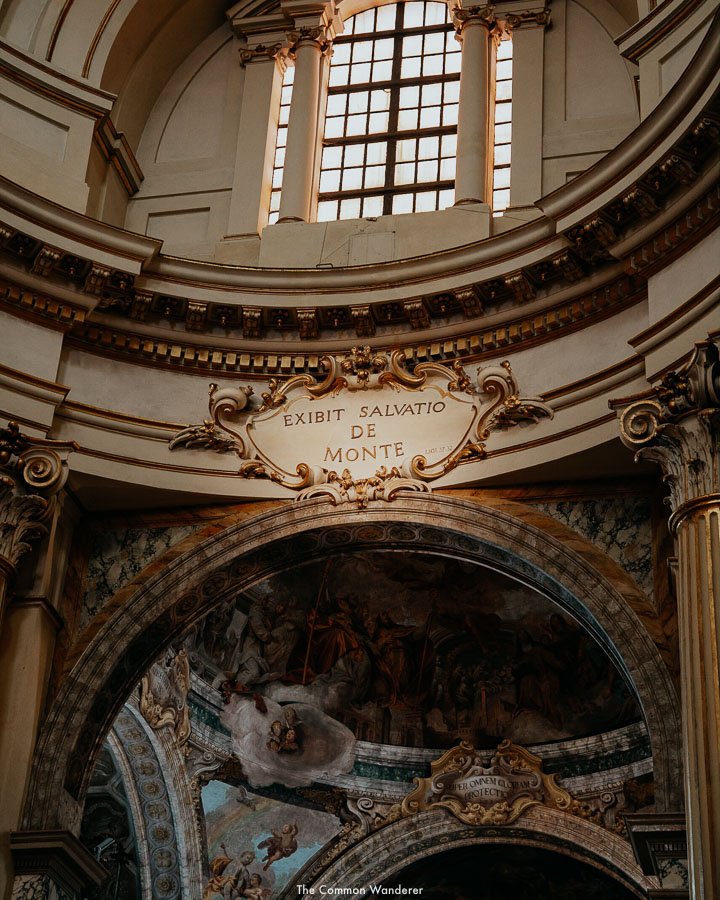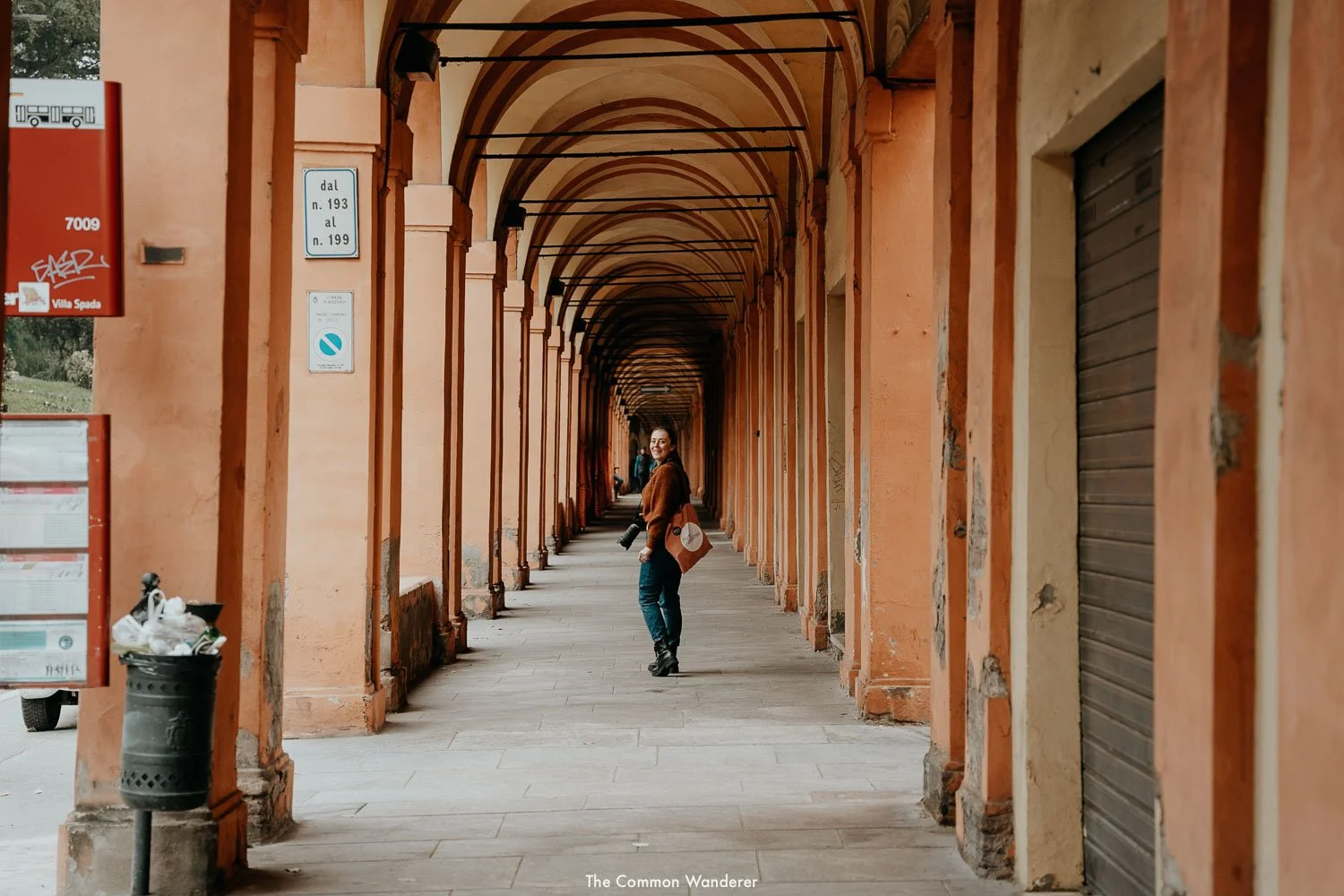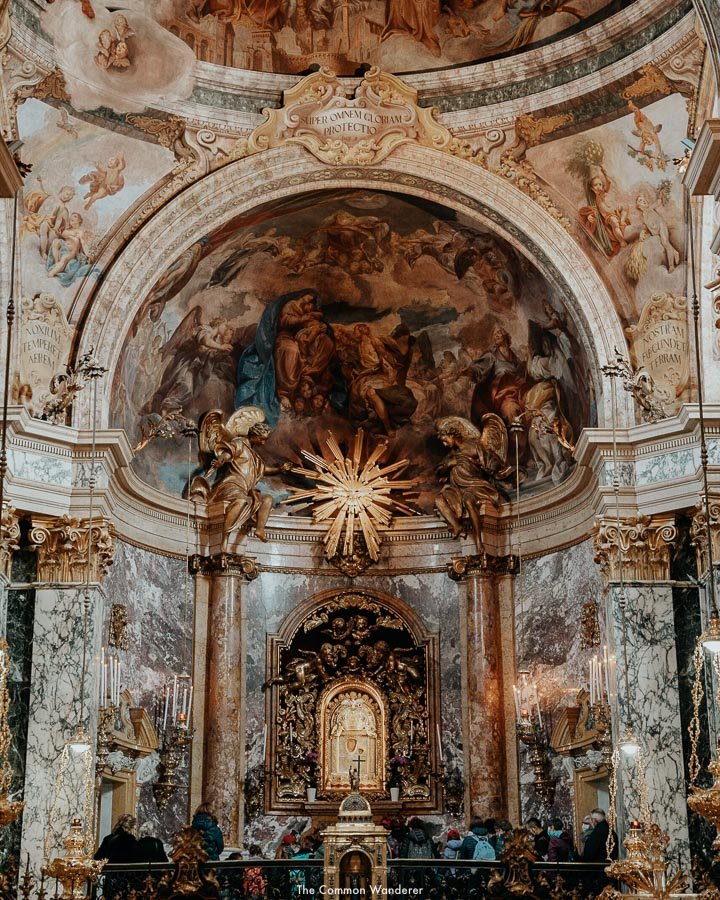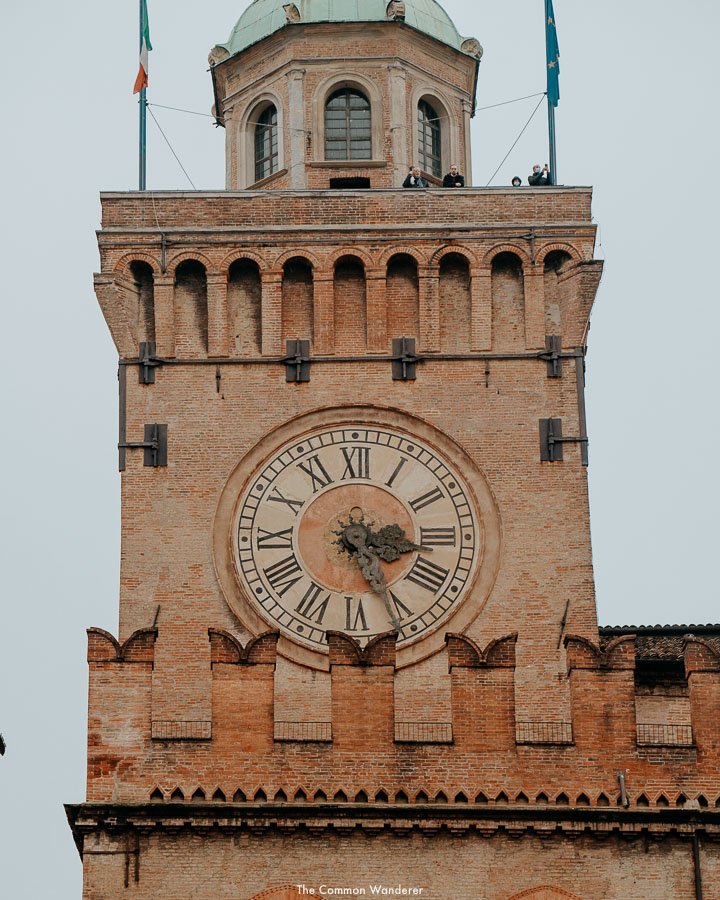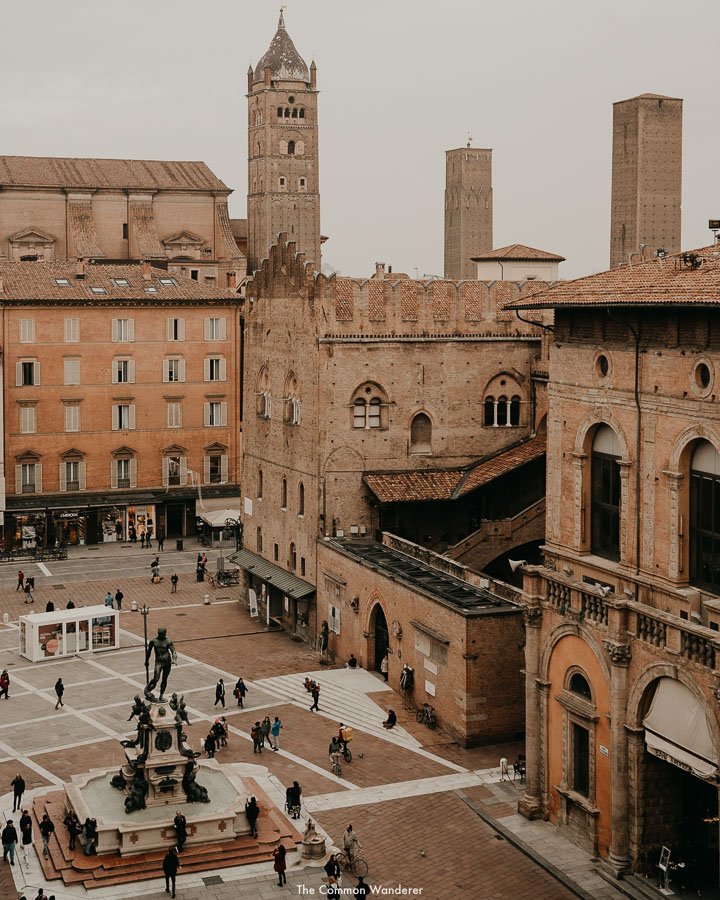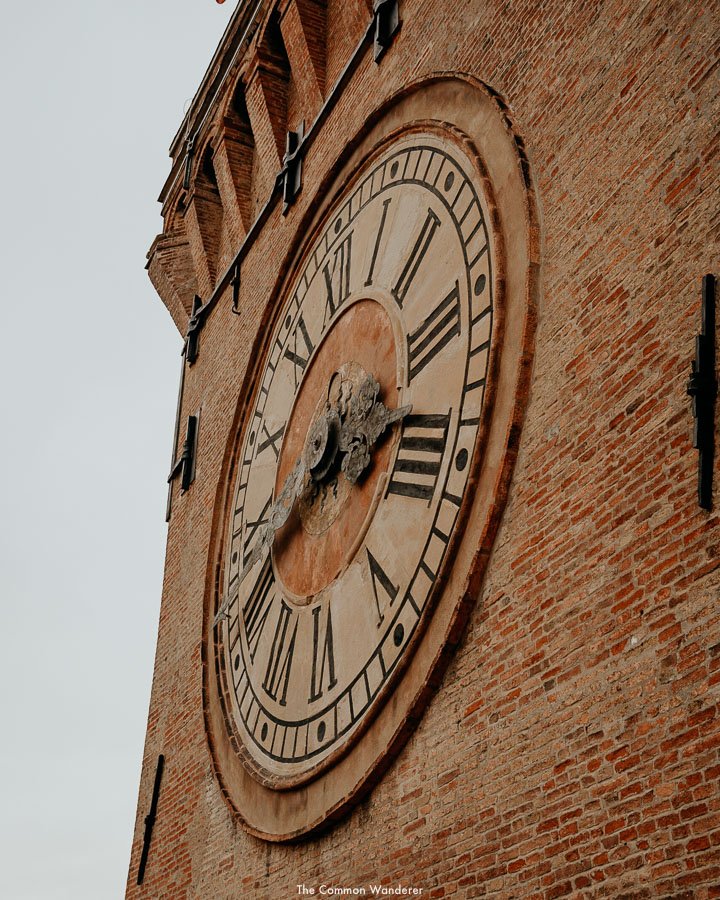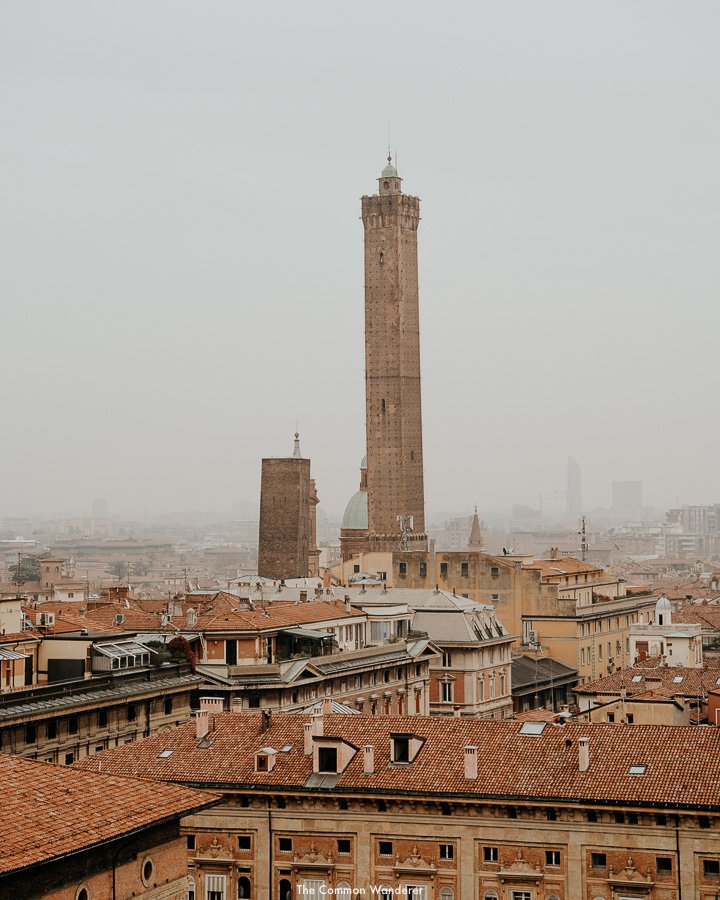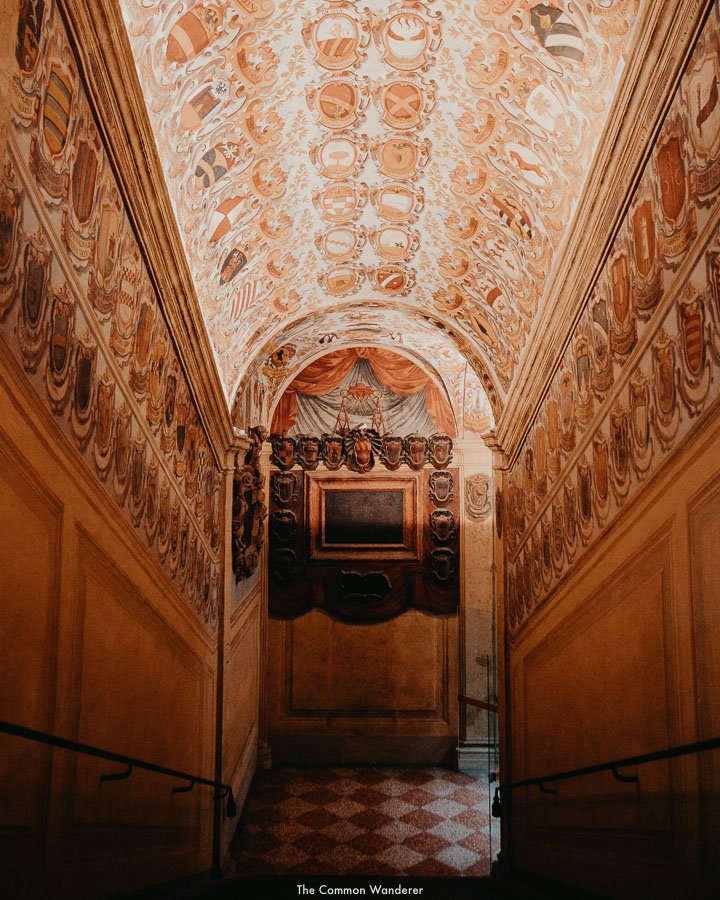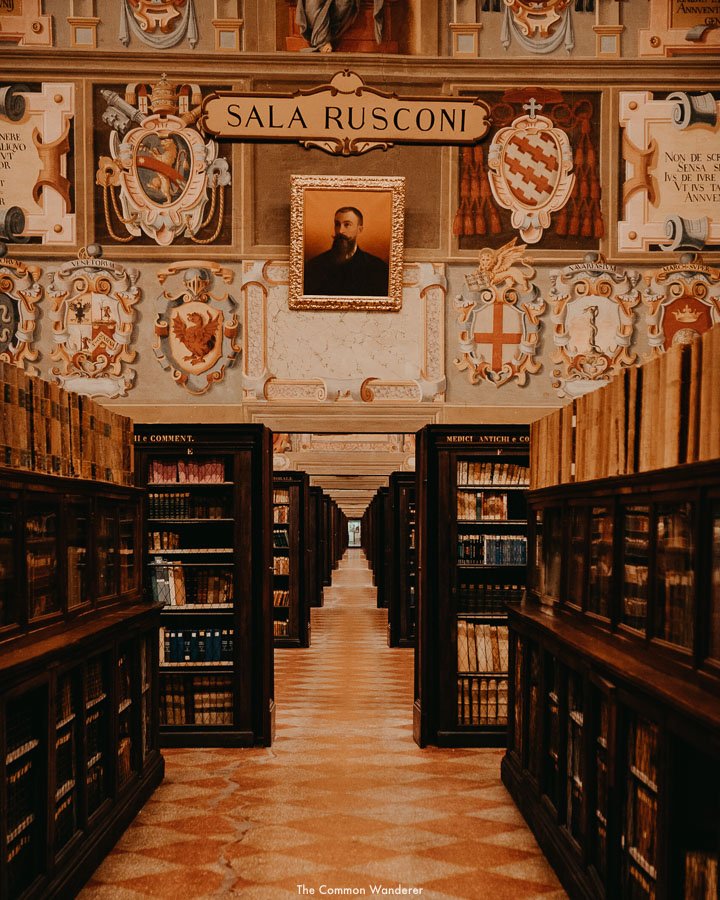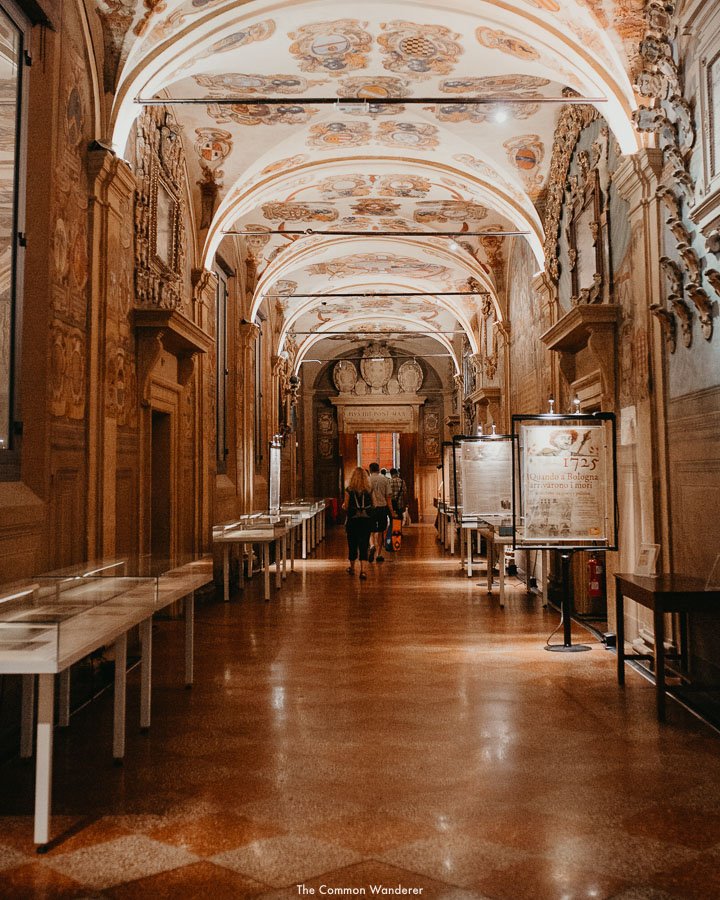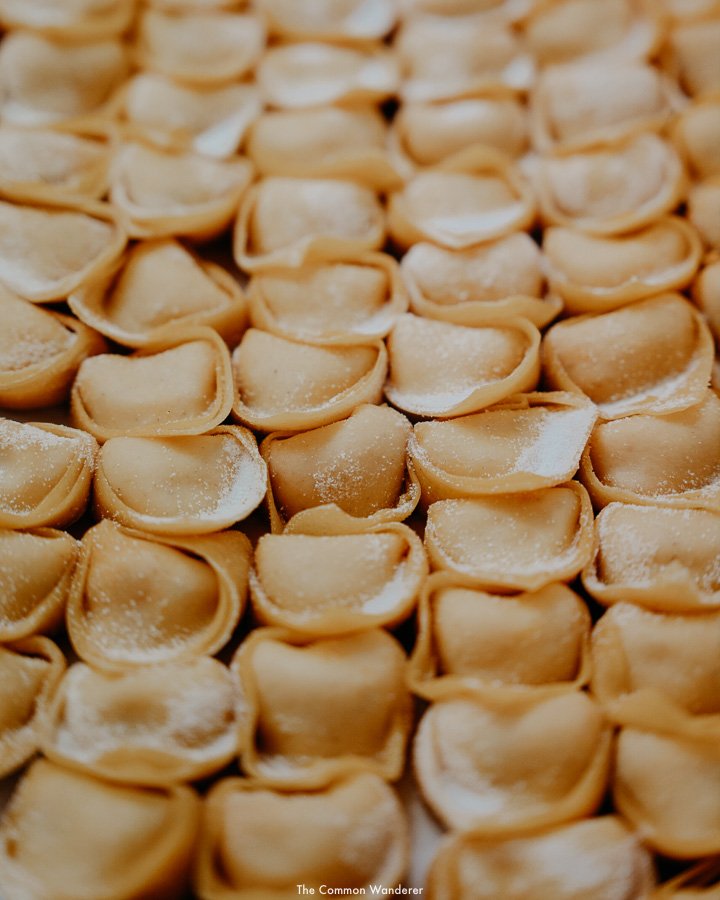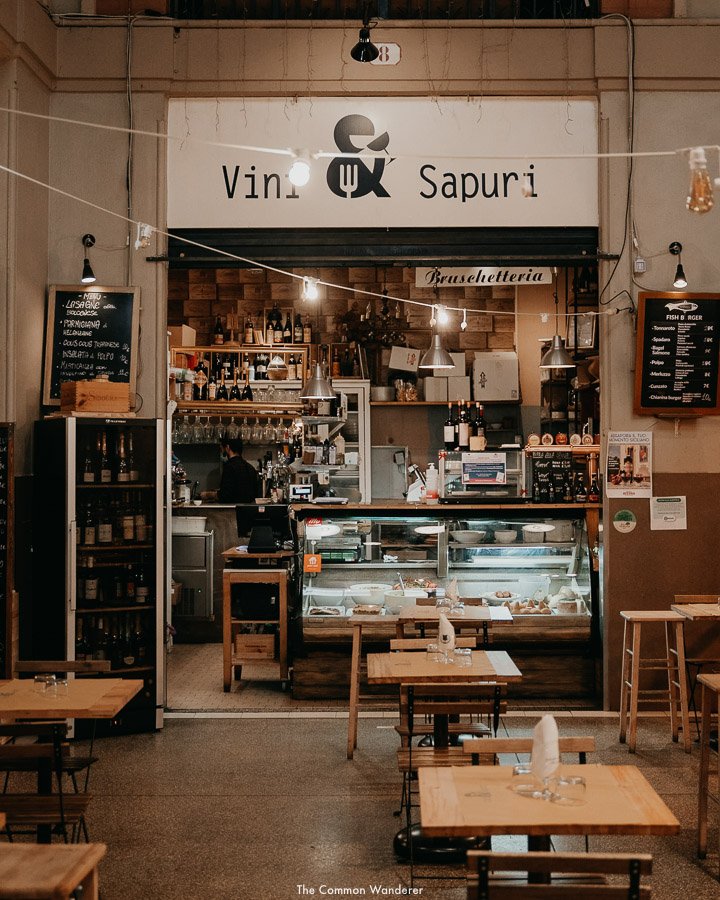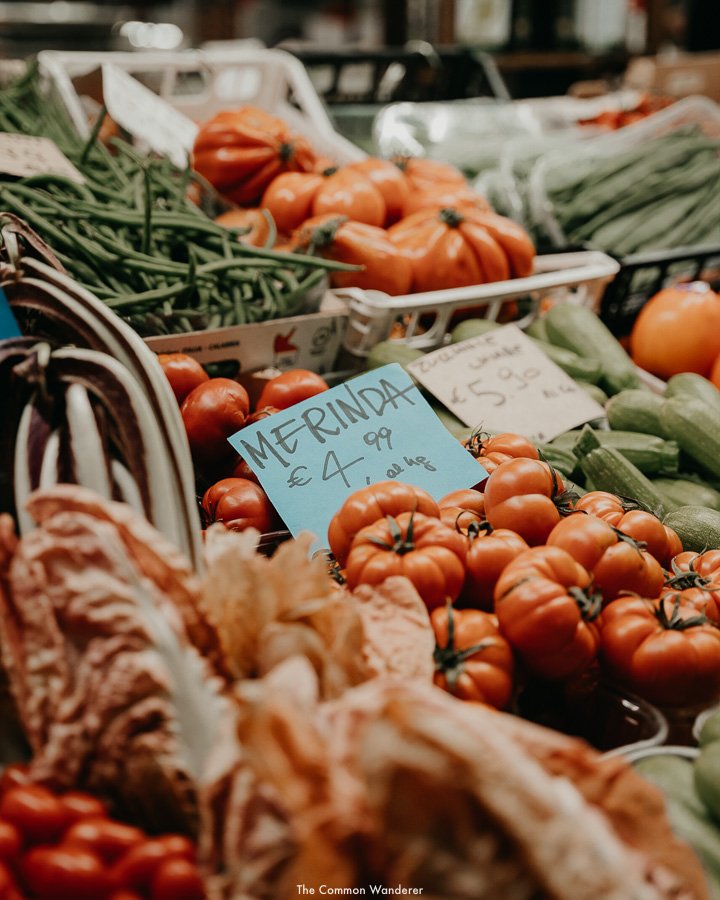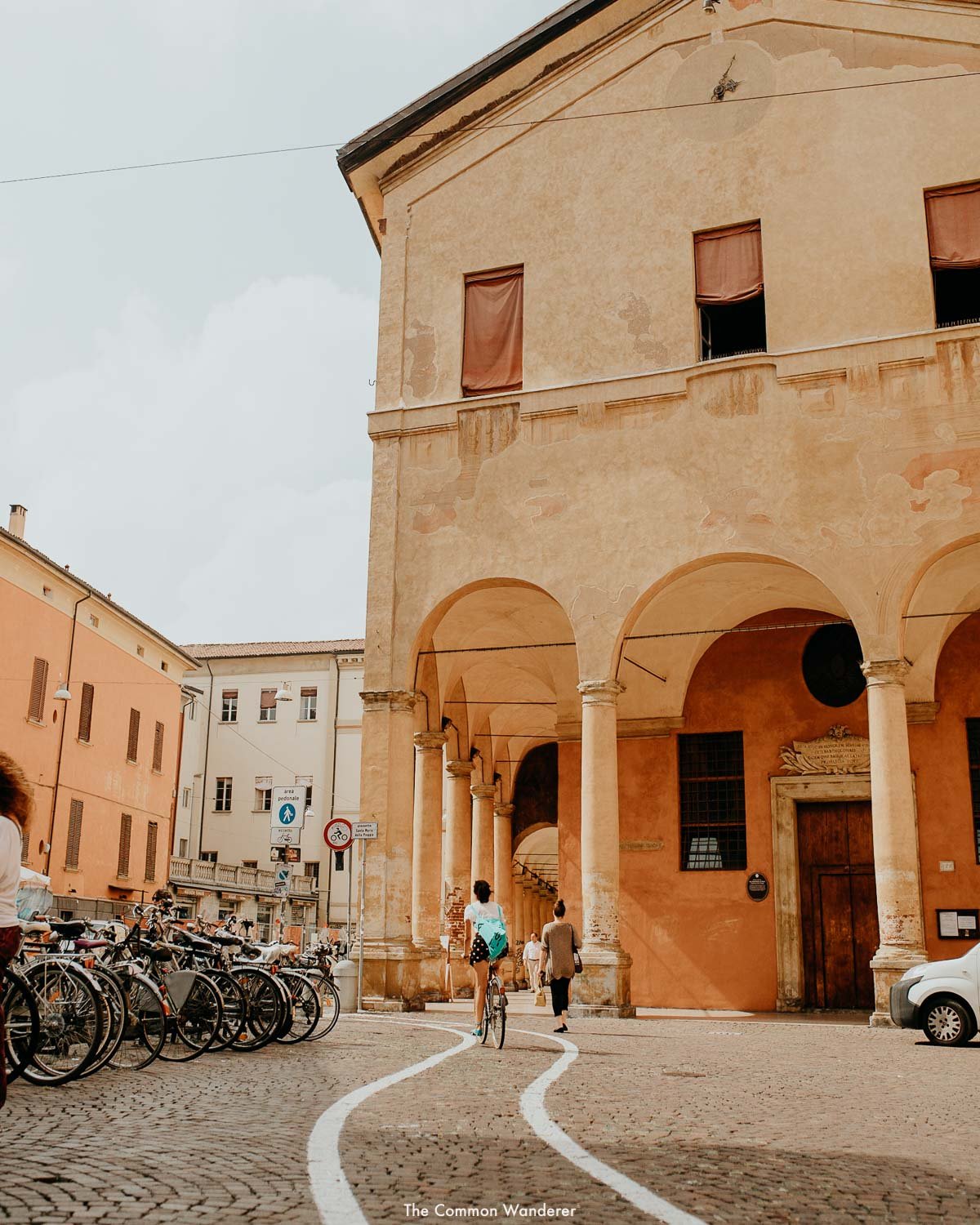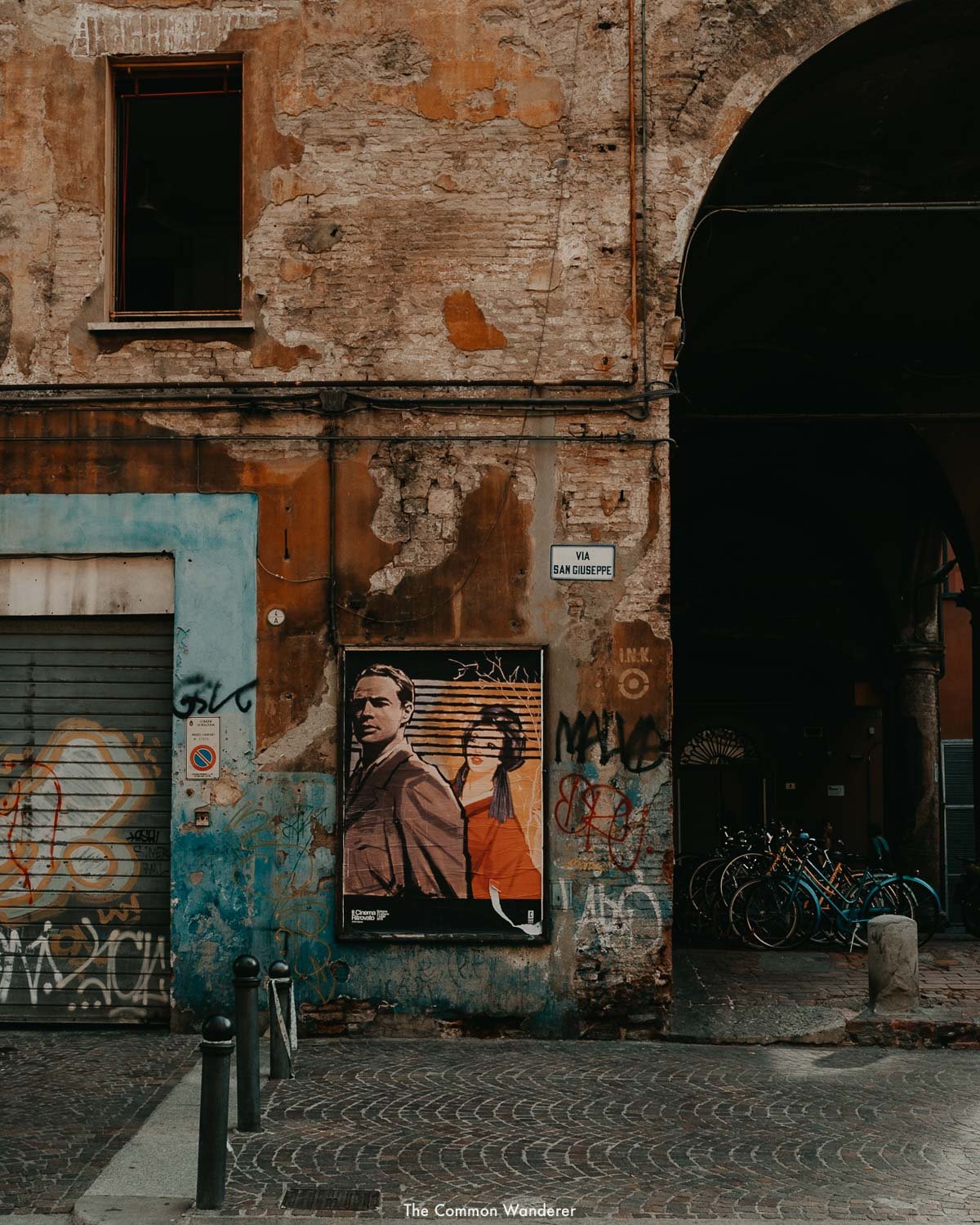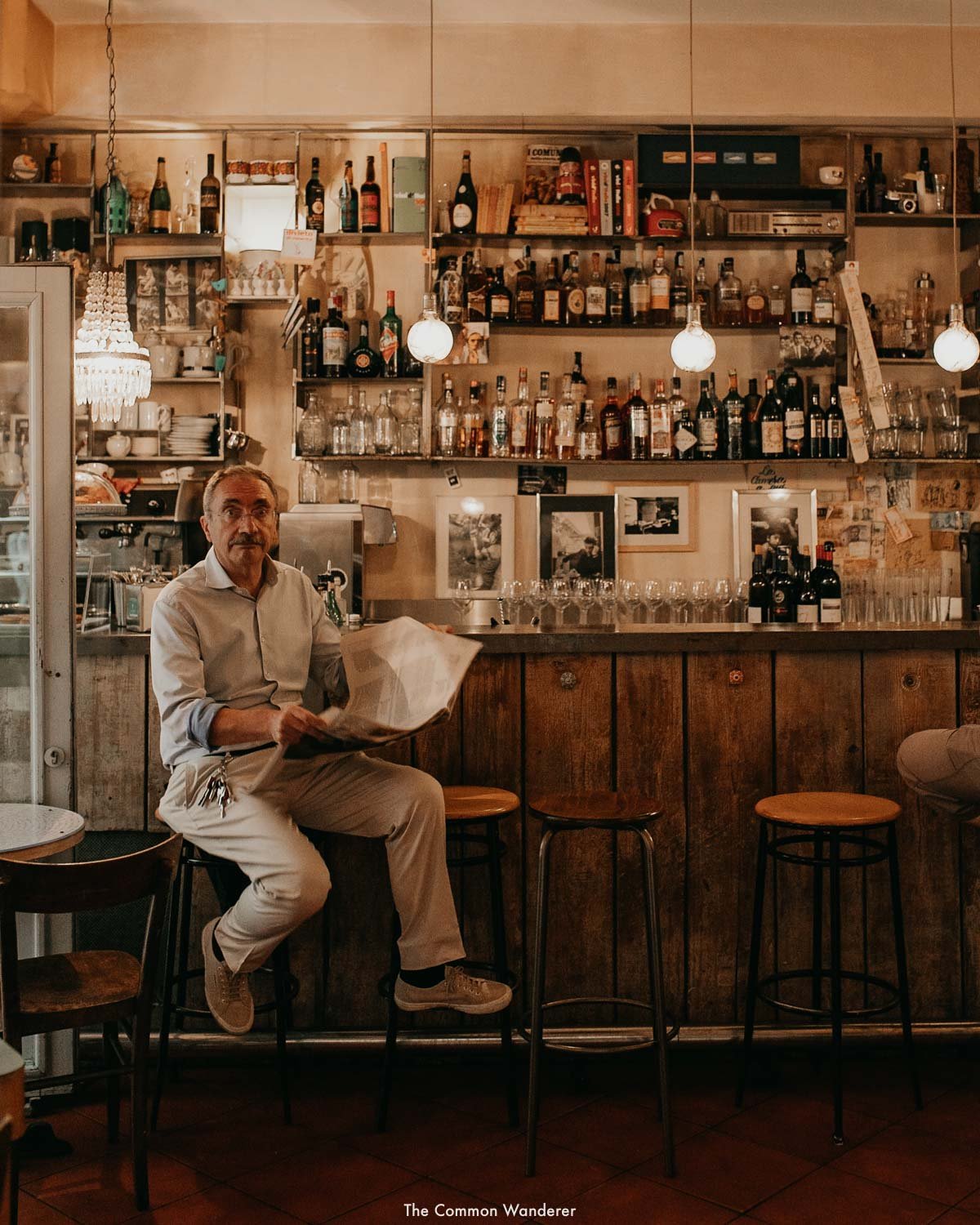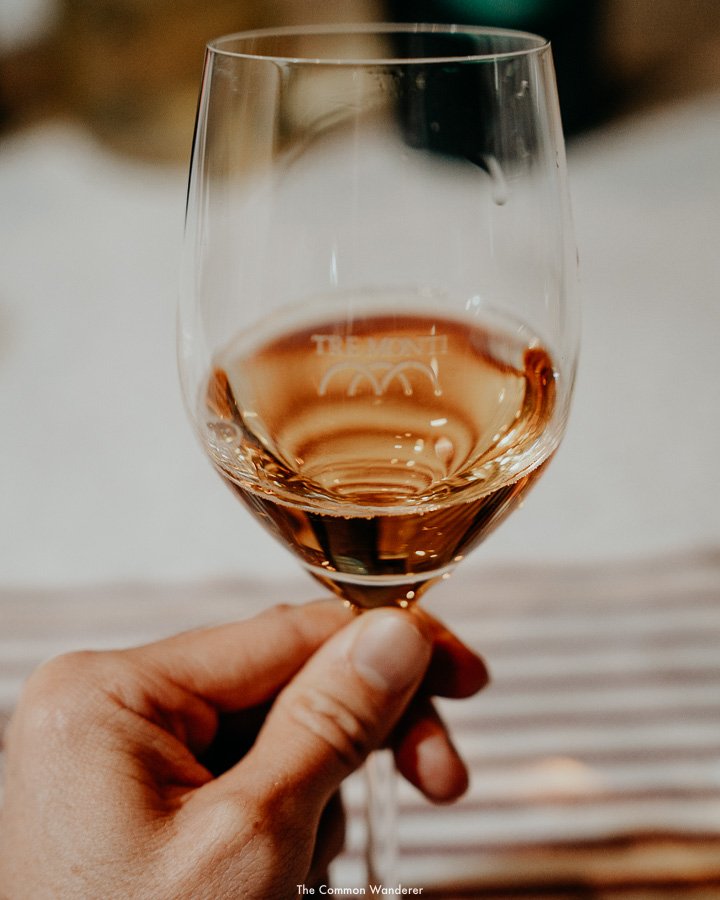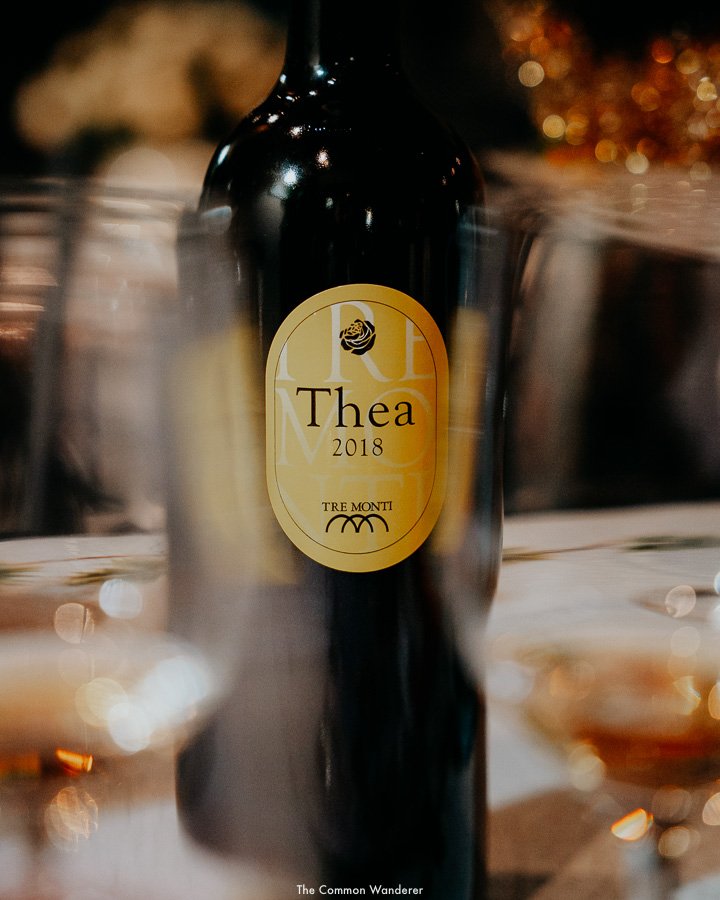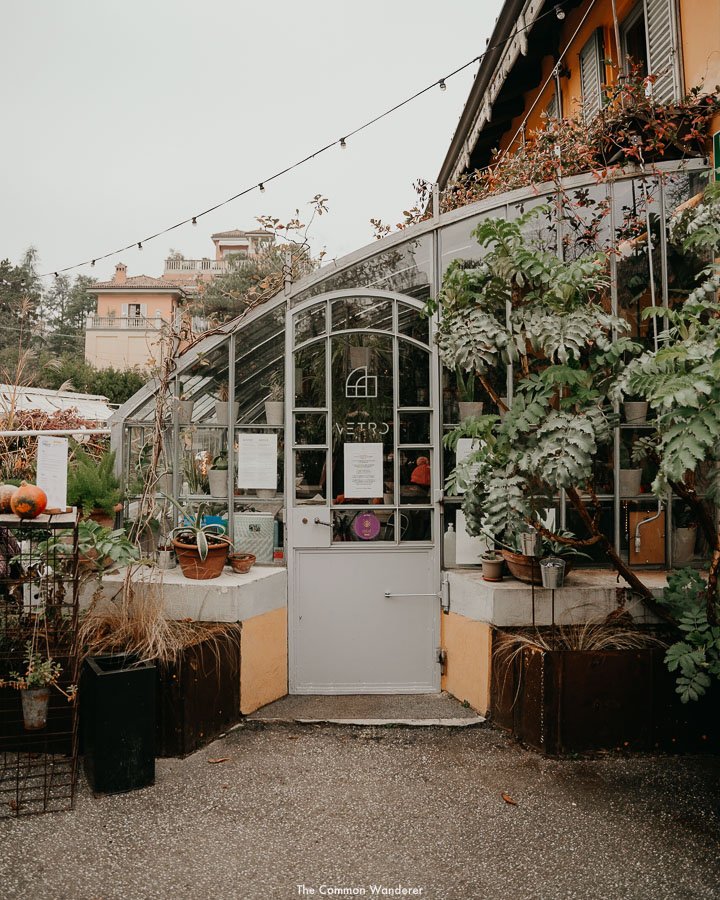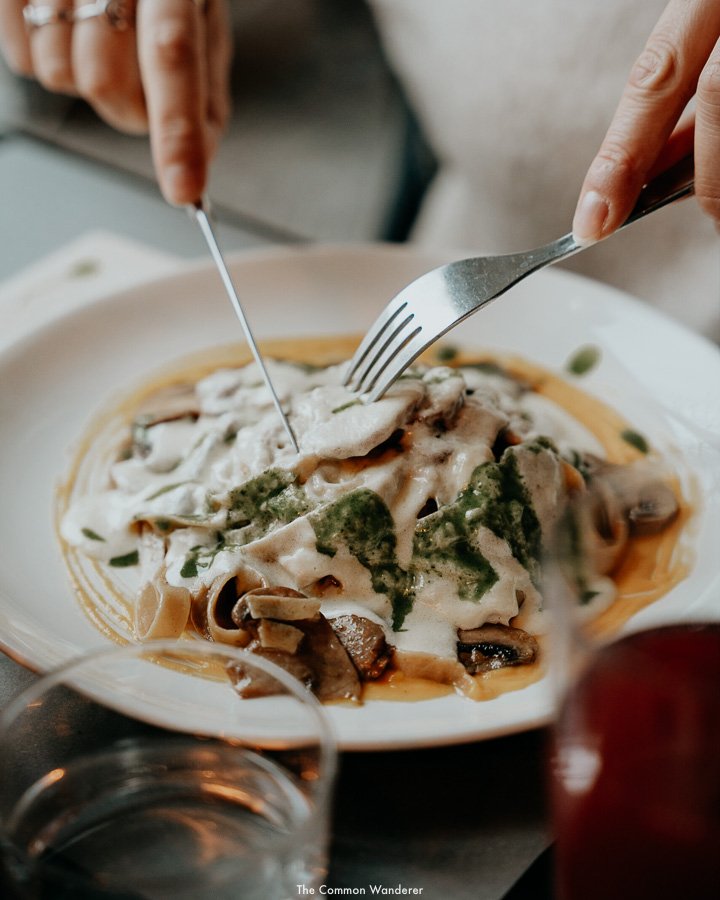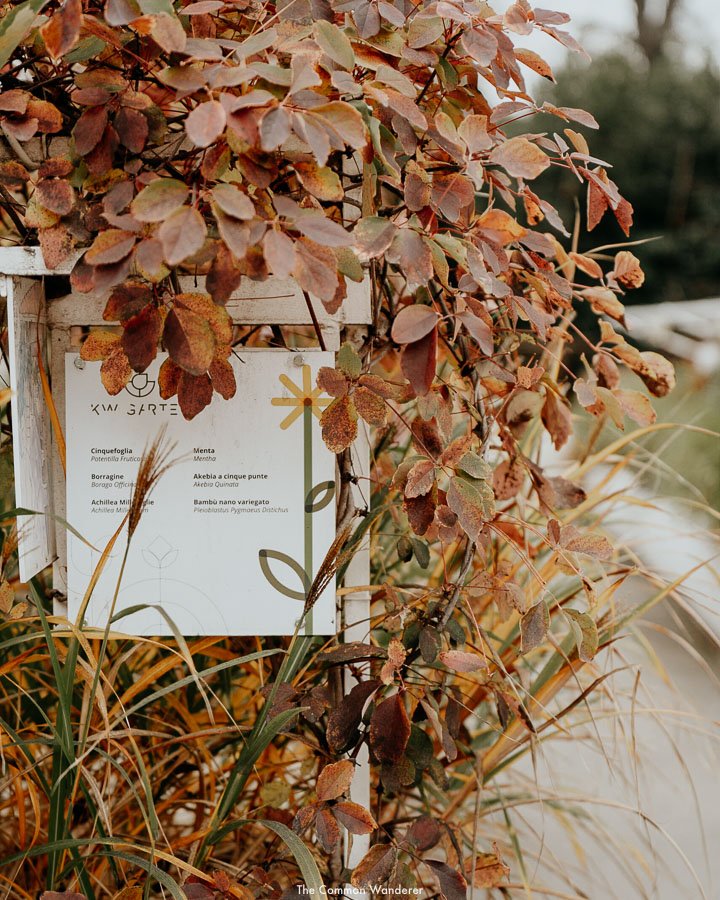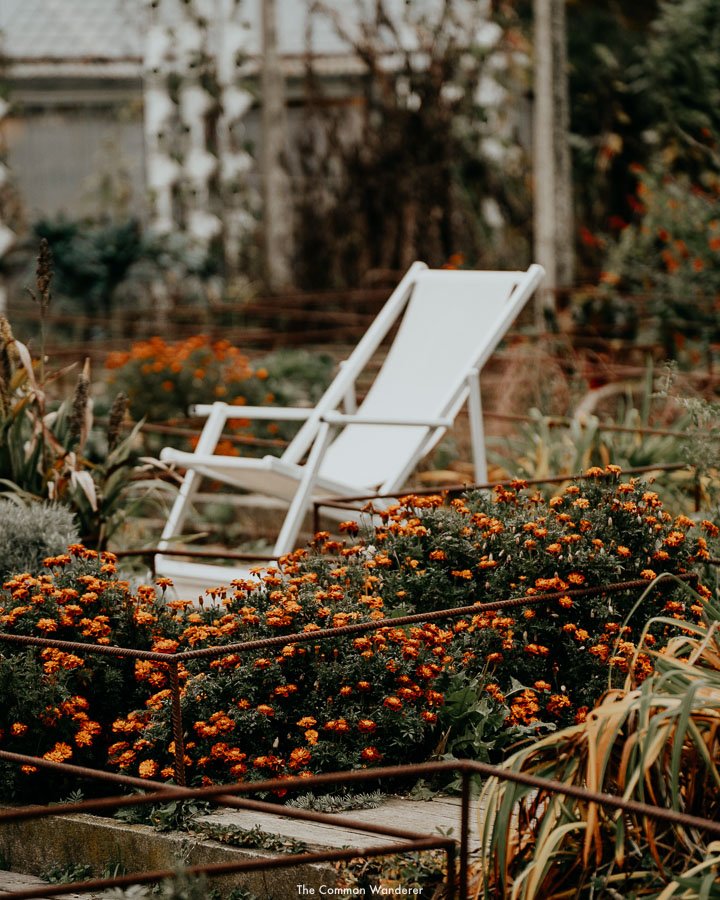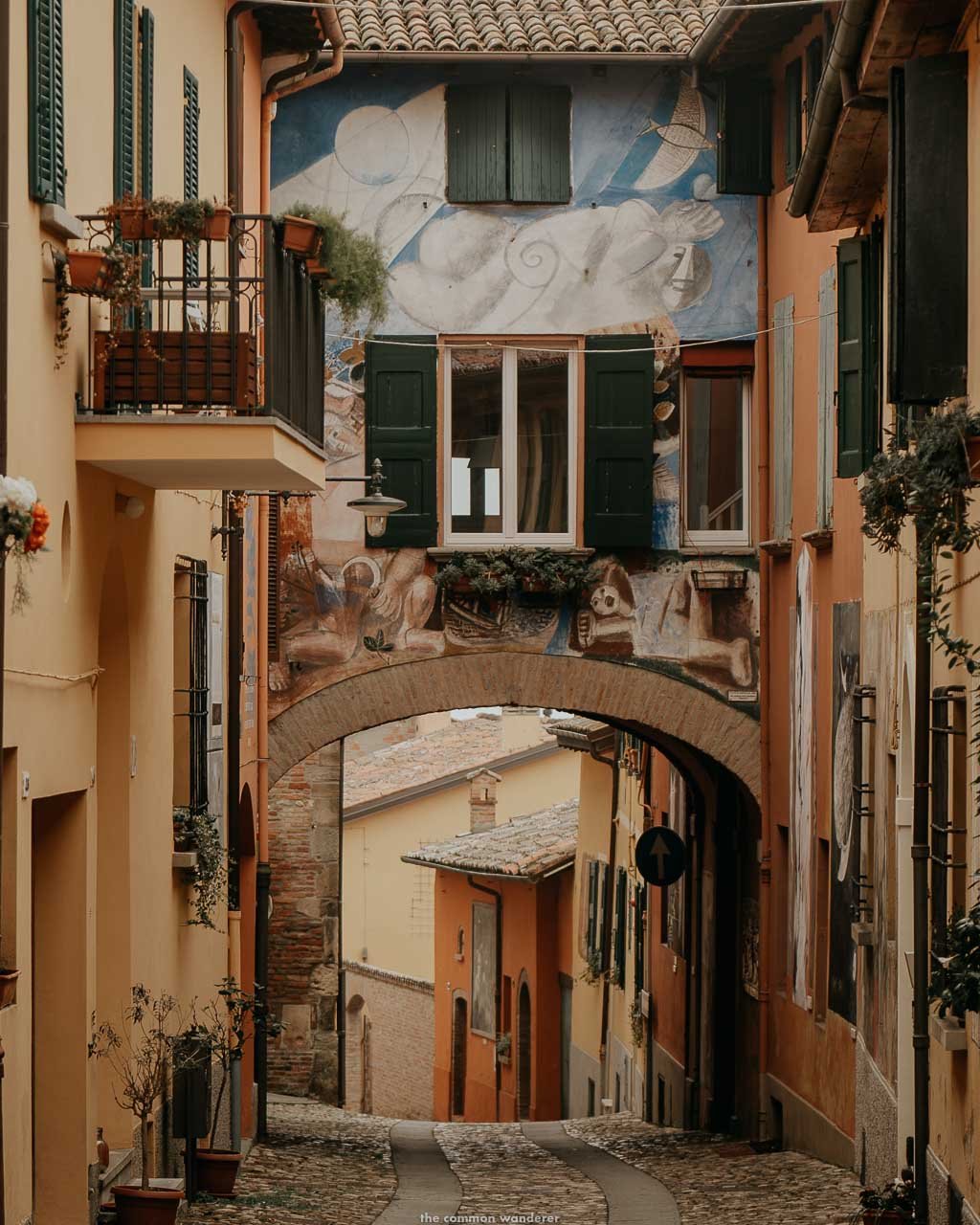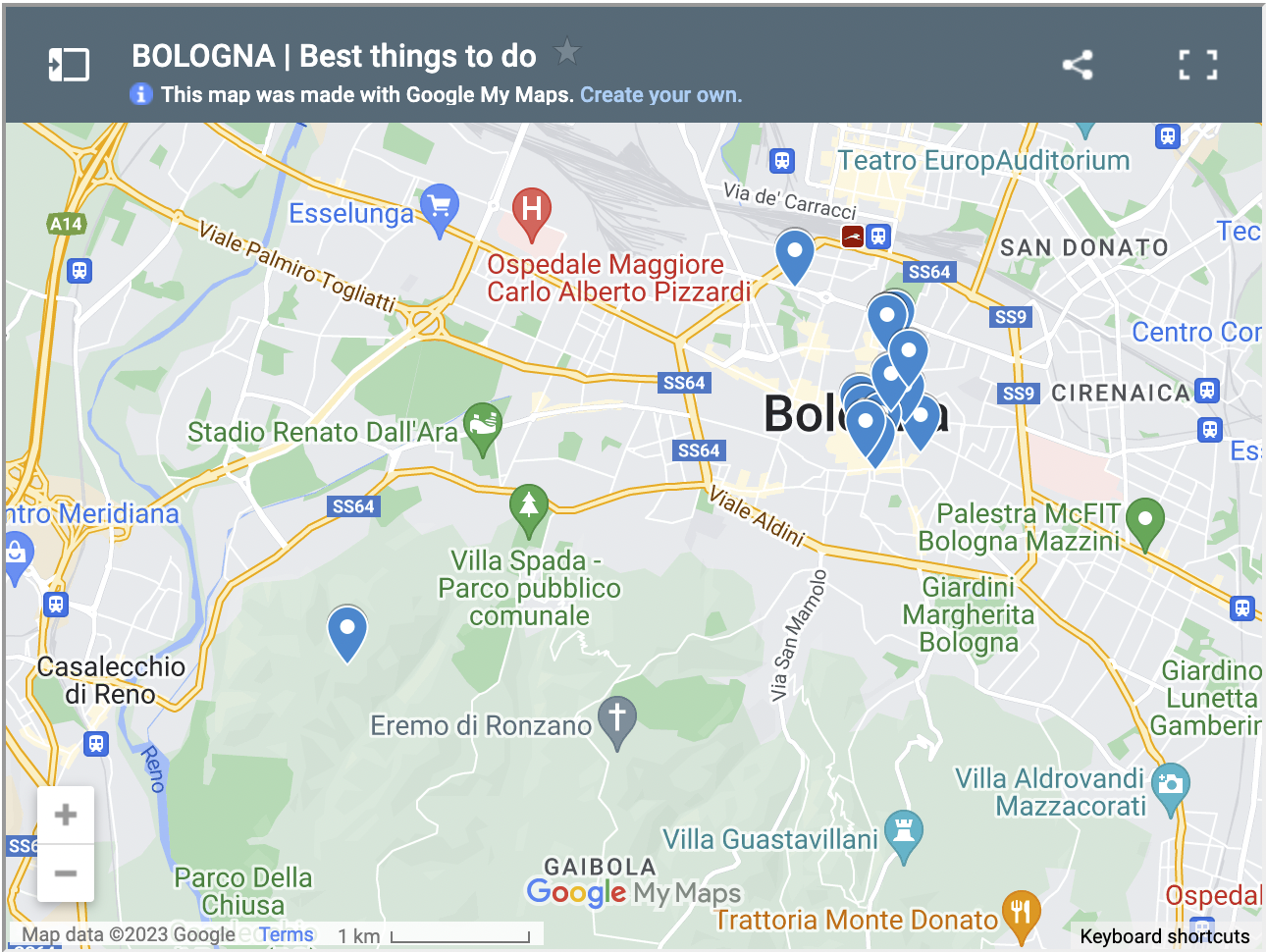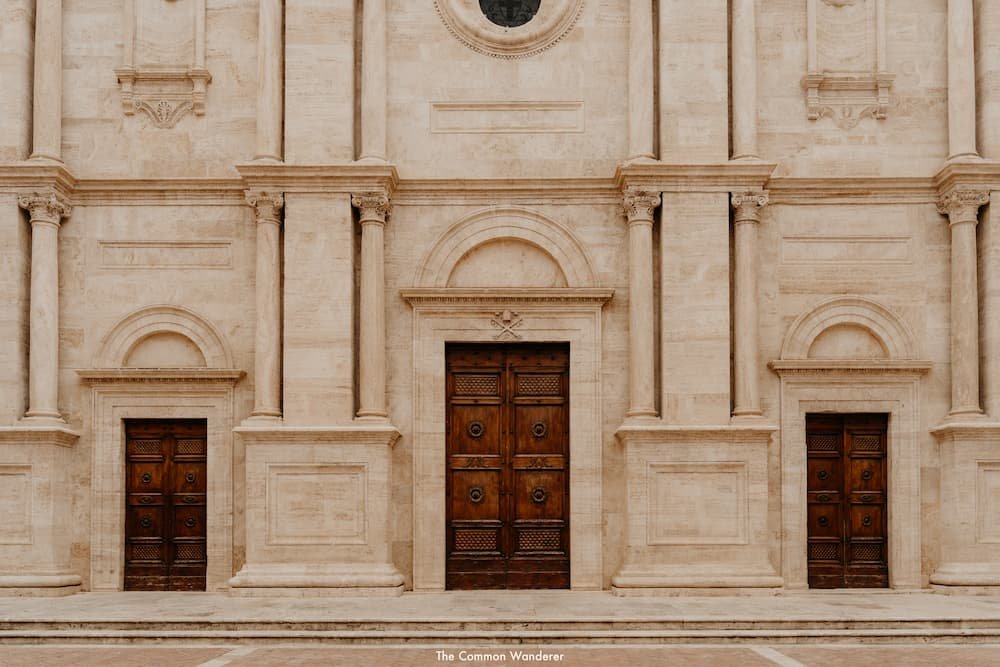15+ Incredible Things to do in Bologna, Italy
An underrated gem just waiting to be explored (and devoured), Bologna is one of Italy’s most beautiful cities. Below is our guide to the best things to do in Bologna, as well as essential travel information to make the most of your stay.
UPDATED - April 2024
“Bologna is a city you come to be a local, not a tourist,“
This was the advice given to us - by a Bologna local, no less - before our trip to Italy’s famed red city (after our hike through the incredible Emilia Romagna region), and our curiosity had instantly been piqued.
In a time when many of Italy’s most popular destinations are calling for help as they struggle with record-breaking tourist numbers (again) and move toward implementing tourism taxes, it seemed almost impossible that there could still be a place left in the country where an authentic experience was possible.
Yet Bologna is very much that place.
In our opinion, this is one of Italy’s most unique, beautiful, and underrated cities. Medieval terracotta buildings give the city its nickname, La Rossa, while miles of UNESCO heritage-listed porticoes paint the streets with lights, shadows, and deep architectural perspectives like moving artwork (perfect for street photography!).
Under these columns lie hidden galleries and hipster boutiques, hole-in-the-wall bars and groups of students sharing a laugh between classes.
It’s also one of Italy’s most progressive cities, with a deeply liberal and politically edgy society, while also securing pride of place as the country’s gastronomic capital (here’s everything you need to know before visiting Bologna!). Not an easy feat in a country so famed for its delicious fare!
What’s more, there’s a distinct lack of foreign tourists sharing these beautiful streets with you, which makes for a beautifully authentic, immersive experience.
Often overlooked in favour of Italy’s other ‘hotspots’, if you’re a traveller in search of ‘true Italy’, Bologna has plenty to offer. Here are twelve things you should do on your visit to Bologna.
LOVE OUR PHOTOS? Edit like us with our European Summers Preset Packs, and mobile video filters, inspired by the warm hues and vibes of summers spent in Europe
BOLOGNA TRAVEL GUIDE OVERVIEW
WHERE | Emilia Romagna, Italy
WHAT TO SEE AND DO | Walk Bologna’s Porticoes, Climb Asinelli Towers, Visit Basilica di San Petronio, The Sanctuary of San Luca, Explore Quadrilatero markets, Step inside the World’s oldest university
WHERE TO EAT | Everywhere… Ahime, Oltre, Osteria dell’Orsa, Trattoria da Me, Mercato delle Erbe
WHERE TO STAY | Hotel Porta San Mamolo, Canonica Apartments, Dopa hostel
HOW TO GET AROUND | The city is very walkable, or via the bus network
WHERE IS BOLOGNA?
Bologna is the capital city of the Emilia Romagna region of Italy, located in northern Italy. With a population of close to 400,000, it's Italy's 7th largest city.
WHEN TO VISIT BOLOGNA?
Like most European cities, Bologna comes alive during the warmer months from May - October, when the temperatures are warm and there's barely any rain.
The average temperatures during July and August are around 30 degrees, which might be a little too warm to enjoy exploring the city.
Therefore, the best time to visit Bologna is during June or September, when the days are long, warm but not stifling!
WHERE TO STAY IN BOLOGNA
HOTEL
As you’d expect, Bologna is filled with hotels to fit all budget requirements, however, we did find hotels were quite expensive in the city, especially when compared to other parts of Italy.
We’ve provided a few personal options below, or you can read our ‘where to stay in Bologna’ guide here:
HOTEL PORTA SAN MAMOLA | Where we stayed in Bologna, Hotel Porta San Mamolo is a little dated, but still in a great location close to all the major city sights.
CANONICA APARTMENTS | A great alternative close to the city centre
SEARCH | Search for availability, the best rates or to book your stay in Bologna using Booking.com
HOSTEL
DOPA HOSTEL | In keeping with the rest of Bologna, Dopa is super hip, and the best hostel in town. It's also centrally located to all the best things to do in Bologna.
Alternatively, check prices and availability for hostels in Bologna here
RELATED | Where to stay in Bologna
TOP THINGS TO DO IN BOLOGNA
#1 WALK BOLOGNA’S ENDLESS PORTICOES
Lights and shadows, unique architectural angles, columns, capitals and frescoes; Bologna's porticoes create the most fascinating urban landscapes and ones which we couldn't help but fall in love with.
The UNESCO world-heritage-listed porticoes of Bologna were built between the city's prosperous Middle Ages and the early 20th century when the growth of the University created the need for extra space.
To avoid having to narrow the streets down to extend the footprint of the university, porticoes were built over the existing walkways - at a height that horses and carts could pass below them - that also created space for extensions to occur on top of them.
There are close to 40kms of porticoes throughout the city of Bologna, each with its own unique style and structure. By simply strolling the city's porticoes, it felt like we were getting to know the city and its history, one step at a time. Another great way to see and learn about the porticoes is to take a guided city walking tour - that way you’ll understand their importance and beauty.
Locals use the porticoes in different ways, whether it be friends sitting under their arches to have an espresso or smoke, or to walk their dogs in the absence of rain. University students even use them as advertising boards for the latest parties in town.
But for us, it was the perfect place to take photos - they're just so picturesque we couldn't put our cameras down (except when it was time for Aperol Spritz).
Some of our favourite porticoes were:
The porticoes of Piazza Maggiore and the seat of the old University
The original wooden porticoes of Via Marsala
The porticoes of Piazza Santo Stefano
THE DETAILS
Where | Everywhere in Bologna!
Tours | This walking tour of Bologna is perfect to see the city’s most interesting porticoes, their history and traditions with a local guide.
BOLOGNA TIPS | Read this before you visit Bologna
#2 CLIMB TO THE TOP OF BOLOGNA, THE ASINELLI TOWER
If the idea of climbing 498 narrow, wooden steps to the top of a 97.2m tall medieval tower (leaning a noticeable 1.3° off-centre) for the best views in Bologna sounds daunting, let us tell you - it is!
But the views from the summit of the Asinelli Tower are unequivocally worth it, and watching the sunset high above the red city was one of our favourite things to do in Bologna (read our guide to the Asinelli Towers here).
The twin towers of Bologna, otherwise known as Le Due Torri, are the number one attraction in the city and one of its most commonly recognised symbols. Commenced in the 11th century, the towers were constructed by the prominent Asinelli and Garisenda families as defensive fortifications (and status symbols), strategically placed at the entry point in the city of the ancient Via Emilia (Aemilian Way) to warn off any potential invaders.
Curiously, they weren't the only towers in the city; close to 180 towers once dotted the Bologna skyline, a sort of middle-aged Manhattan. To this day, only twenty have survived the ravages of fires, wars and lightning strikes.
The panoramic views over the red city are incredible - you can see Bologna in every direction. To the west is the marvellous Piazza Maggiore and Basilica of San Luca, and to the southwest, the ancient Roman road of via Emilia. To the south, the green rolling hills of the Emilia Romagna region.
And if you're feeling brave, lean your head over the railing to look down upon the shorter, leaning Garisenda Tower and Piazza de Porta Ravegana below.
Entry is €5 per person, which you can book here. Alternatively, join this tour which includes a visit to the Towers, and a food tasting.
We recommend booking ahead of time as there are limited numbers allowed per viewing session. Visiting early in the day, or for the last admission time, will provide you with the most comfortable experience.
THE DETAILS
Where | le Due Torri, Bologna
Cost | € 5.00 per person, or free for Bologna Welcome Card PLUS holders
Tickets | Book your tickets to Le Due Torri here, or join this Asinelli Tower and Food tasting tour
Opening hours | Open every day, with timeslots every 15 minutes (.00, .15, .30, .45). First entrance at 10 am, the last timeslot at 6.15 pm. The season commences April 21.
Read more | Our guide to Bologna’s famous Asinelli Tower
2024 UPDATE | Due to safety measures, the Asinelli Tower is currently CLOSED due to maintenance work in the area. As an alternative, visit the Clock Tower for views over Piazza Maggiore
hiking the via matildica in emilia romagna | discovering the ‘real’ Italy
#3 EAT, AND EAT, AND EAT SOME OF BOLOGNA’S BEST DISHES (+TAKE A FOOD TOUR)
During our week in in Bologna, we may or may not have added a few kg's to our waistline by sampling the cities many culinary delights, and we're not sorry about it at all. The city does, after all have the nickname La Grassa ("the fat one"), an epithet we made sure we lived by.
Quite simply, eating is one of the best things to do in Bologna, and in a country famed for its cuisine, the city reigns supreme as the gastronomic capital of Italy.
The first thing to know is that Bologna is the birthplace of bolognese, or tagliatelle al ragù. Secondly, the region of Emilia Romagna is home to the glorious Parmigiano Reggiano, or parmesan, tortellini, tortelloni, mortadella, Parma ham, balsamic vinegar, and many other delicacies. And thirdly, consuming all this incredible food won't break the bank.
While in Bologna we recommend trying these essential meals:
Tagliatelle al ragù
Tortellini in broth
Pumpkin Tortelli with parmesan
Butter and sage Tortelloni
For traditional Bolognesi cuisine, the street of via della Moline offers a large variety of traditional restaurants, all with large terrace areas perfect for summer dining. Our pick of restaurants was Trattoria del Rosso, which served the most impressive tortelloni we had in Bologna.
Other traditional restaurants we highly recommend (we’ve tried a LOT!) in the city include:
However, if you’re after a more hip, modern approach to Bologna’s famous cuisine, the streets off Mercato delle Erbe are filled with uber-cool Italian trattoria serving seriously good food.
Ahimé, owned by three young hipsters pushes the envelope via their ethos - opening the door between the garden and the city. Their seasonal produce comes from the local area, yet the dishes are modern, simple, and delicious. Honestly, this was our favourite meal in Bologna, so make sure you book well in advance before visiting Bologna.
Nearby is Oltre, another modern restaurant combining fine dining with hipster elements. The food here is simple, pushing the envelope between modern and traditional in a way rarely experienced in the city. Another must visit.
For vegetarians, Botanica Lab is our recommendation - they serve ridiculously good vegetarian meals in the coolest space in Bologna.
If you're after something a little more hipster (this city is very hip!), the student quarter of Bologna (near Piazza Guiseppe Verdi) was one of our favourite areas for lively bars, cafes and street food markets.
Each evening, bars in the area vie for students attention by offering stuzzichini, a complimentary buffet of tapassy nibbles, as long as you enjoy a few alcoholic beverages, which for us was copious amounts of Aperol Spritz (hey, they were cheap!). The food is surprisingly good, with both vegetarian and meat dishes offered.
For a more market vibe, check out the streets and laneways of Quadrilatero, just off Piazza Maggiore.
If you’re keen to discover more of Bologna’s food culture, this awesome local specialities private food tour takes in the very best of the city’s food secrets, with your own local guide.
BOOK | Find out more here
Alternatively, if you’d like to learn to cook like a Bolognese, join this hands-on cooking class in a locals home, where you’ll learn to make a range of local dishes.
In short, you won’t go hungry in Bologna…
THE DETAILS
Where | Everywhere in Bologna, or via della Moline, student quarter of Bologna (near Piazza Guiseppe Verdi), Quadrilatero
Cost | Primi: €6 - €10, Secondi: €10 - €15, Dolci: €3 - €5 euro
Read more | Check out this great Bologna Food Guide by our friends 2FoodTrippers!
PRETTY PARIS | Our favourite things to see and do in Paris
#4 PEOPLE WATCH IN THE CENTRE OF BOLOGNA, PIAZZA MAGGIORE
One of the largest and oldest squares in Italy, Piazza Maggiore is the epicentre of political and social life in Bologna, and the starting point for everything to do in Bologna.
Surrounded by some of Bologna's grandest buildings the Basilica di San Petronio, Palazzo dei Notai, Palazzo d'Accursio, Palazzo del Podestà, Palazzo dei Bianchi and the fountain of Neptune, Piazza Maggiore really is the most beautiful European squares we've laid eyes on.
But the beauty of Piazza Maggiore lies beyond its attractive facade. For centuries, locals have embraced and enjoyed this space, and it really is the true definition of a public square. In fact, Piazza Maggiore was home to one of Europe’s biggest open-air market until the mid-1800s with products coming from all over the world, which explains how it grew into the meeting spot for locals in the city.
We spent many afternoons in Piazza Maggiore doing something we love: people watching. We sat on the stairs of San Petronio watching as cyclists swerved through crowds of rowdy students, tourists posed for selfies in front of timeless architecture, locals enjoyed an espresso and cigarette at shaded cafes, and buskers filled the square with their musical delights.
As the sun went down, we watched Piazza Maggiore and its beautiful buildings illuminate, as the noise from crowds reverberated throughout the whole square. It makes for a slightly surreal but seriously alluring experience.
Also located on the square is the Fountain of Neptune (Fontana di Nettuno), one of the icons of Bologna. Completed in 1566 in late Renaissance-style, the fountain depicts the god Neptune, with four ’angels’ placed at the feet of the Neptune, each of which stand for the Ganges, the Nile, the Amazon and the Danube, the rivers of the four continents known at the time.
The sheer size and realistic nature of the sculpture and fountain will leave you in awe.
Piazza Maggiore is also home to the Bologna Welcome visitor information centre, where you'll find everything to do with the city.
We highly recommend joining one of the city walking tours which commence from here (you can book here), which will take you to all the major cultural attractions in the city, including Piazza Maggiore.
The tour gave us such a better understanding of the city, its culture and its people, at which point, everything suddenly made sense!
THE DETAILS
Where | Piazza Maggiore
#5 ADMIRE THE UNFINISHED BEAUTY OF THE BASILICA OF SAN PETRONIO
Smack bang in the middle of Bologna, just off Piazza Maggiore, lies one of the city's most important and imposing structures, San Petronio church.
Named in honour of the patron of Bologna, Saint Petronius, construction of the basilica started in 1390. Although it was never completed due to a rivalry with Rome (just look at the half marble, half brick facade on the exterior for the proof!), the church evolved through the middle ages to become the structure it is today.
Inside, the church has many distinctive qualities which make it one of the most unique we've visited, so it's a definite stop for any Bologna itinerary.
These include:
The Meridian line | The longest Meridian in the world (67m), created in 1656 by Gian Domenico Cassini. It corresponds to 1/600,000 of the Earth’s circumference and, to this day, it marks the passing of days and seasons, with the sun ray entering from a hole positioned in the vault 27 meters above the ground and hitting precisely the time of year on the line.
Ancient Organs | San Petronius is home to the oldest functioning organ in the world, built in 1470 by Lorenzo da Prato. It's also home to another 400 year old organ.
The Frescoes | San Petronius features several impressive frescoes, including Giovanni da Modena's scenes of the Last Judgement, and Maometto's 'In Inferno Canto 28'
Side chapels | One of the 22 chapels of the basilica, Cappella Bolognini, houses an original depiction of Heaven and Hell, inspired by Dante’s Divine Comedy
Fortunately, it’s free to enter the basilica, however if you wish to take photos, it’ll be €2.
THE DETAILS
Where | Basilica di San Petronio, Piazza Maggiore
Cost | Entry is free, however it costs €2 to take photos inside
Opening times | Open daily from 07.45am - 14:00pm and 15:00pm - 18:00pm
Tips | Cover your shoulders and knees, and remove any hats
#6 EXPLORE BOLOGNA’S BEST MUSEUMS
Bologna is home to an exceptional array of museums, including Renaissance-era galleries, modern art collections, and vast museums focused on the city’s strong industrial past.
In short, there’s something for everyone in the city, so we’ve listed a few of our favourites below:
NATIONAL ART GALLERY OF BOLOGNA (PINOCOTECA NAZIONALE)
We’re not going to lie - nothing quite compares to the Renaissance masterpieces dotted through Florence and its many galleries, but Bologna is not Florence, and that’s kind of the appeal of the city. And at the National Art Gallery of Bologna, this difference is obvious - it’s quieter, and an altogether more enjoyable experience than the Disneyland crowds of the Uffizi.
Located in the 17th-century former Jesuit novitiate of St Ignatius, the gallery houses a superb collection of 13th - 18th century paintings and fundamental works by artists who were in some way related to Bologna and Emilia, most of which are a result of the suppression of church and Napoleon during the Middle Ages and beyond. Most art is religious in nature from the Renaissance, Mannerism and Baroque periods, which in all honestly, can get a little tedious at times, especially for atheists among us. However, it’s easy to appreciate the extraordinary skill of these Italian masters.
Some of the recommended pieces include Raphael’s Ecstasy of St. Cecilia, The Visitation by Tintoretto, and Madonna di Santa Margherita by Parmigianino.
Overall, the collection can be see in about 2 hours, and information is provided in both Italian and English. Entrance is €6, however is free with the Bologna Welcome card.
THE DETAILS
Where | Pinacoteca Nazionale di Bologna (National Gallery)
Cost | €6
Opening hours | Tuesday, Wednesday: 9am-2pm, Thursday - Sunday and public holidays*: 10 am – 7 pm (last admission 30 mins before closing time). Closed on Monday
MUSEUM OF MODERN ART (MAMBO)
A little bit tired of all the historical sites of Bologna, we decided to spend an afternoon checking out something a little more modern - Bologna's Museum of Modern Art (MAMbo).
Located in a former bread bakery, MAMbo is now a centre for creativity and experimentation, and features permanent and loaned collections set out over 9,500sqm of modern, architecturally fluid floorspace. The permanent collection is organised into nine separate themes spanning from the 20th century to present.
Our favourite exhibition was that of Italy's famous still life painter (and Bologna native), Giorgio Morandi. The exhibition features some of his most famous and significant works, and analyses the motifs and periods that characterised Morandi's work.
THE DETAILS
Where | Museo D'Arte Moderna di Bologna (MAMbo)
Cost | €6.00 to permanent collections
Opening hours | 10:00am - 18:30pm Tues, Wed, Fri - Sunday (and holidays)Thursday: 10:00am - 22:00pm. Closed Mondays
MAST MUSEUM OF TECHNOLOGY
In a city of such historic grandeur, a modernist museum showcasing industry and technology seems a little random. However, in Bologna, it’s not.
You see, the city, and indeed Emilia Romagna, is a global manufacturing powerhouse, with some of the world’s pre-eminent companies based in the region, including the Coesia Group, who produce industrial and packaging solutions for global brands.
Coesia, looking to build a bridge between industry and the city (and its people), created the MAST foundation, an international cultural and philanthropic institution focused on art, technology and innovation.
The modernist MAST Gallery comprises two large galleries and exhibitions. The super interactive Innovation Gallery showcases industry and work through exhibits and art, perfect for both kids and adults alike.
Our favourite section though, was the Photo Gallery that host temporary and photography exhibitions on industry and life. The Ando Gilardi exhibition on show during our visit was exceptional in its simplicity of composition and depth of subjects.
The best part of all? It’s 100% free.
We totally understand this might sound a bit, dare we say it, boring, but it’s not - trust us. The exhibits are super interactive, and provide a deep understanding of the relationship between industry and society.
Also, the building itself is worth a visit - a glass and cement modernist behemoth featuring aesthetic angles and shadows.
THE DETAILS
Where | MAST Foundation
Opening hours | Tues - Sun: 10 am - 7 pm
Cost | Free
Getting there | Take bus #19 from the centre of Bologna and disembark at Centro Vittoria
#7 EXPLORE THE MARKET STREETS OF QUADRILATERO
To the east of Piazza Maggiore lies the bustling, colourful streets of Quadrilatero, one of our favourite parts of Bologna.
This is the trendy, beating gourmet heart of Bologna. Its somewhat odorous alleyways (fish, anyone?!) are filled with greengrocers and fishmongers shouting the day’s specials, while the warm scent of fresh-baked bread wafts from the local artisanal bakers. Quaint cafes churn out morning espressos for their regulars, while tourists slowly wander through taking in all the sights and sounds.
Quadrilatero is a sensory overload in the best possible way.
Set on the site of ancient Bologna, the Quadrilatero was the home to many markets and food stalls during the Middle Ages. It is now the commercial heart of the old town and the place in Bologna to find all the incredible local produce, including freshly made pasta, local balsamico, aged cheeses, delicious charcuterie, and of course terrific (and inexpensive) wine.
There are also a number of restaurants and bars that dot the area, perfect for a lunch or afternoon antipasti.
THE DETAILS
Where | Quadrilatero, Bologna
#8 SAMPLE ITALY’S BEST GELATO
If you've followed us for a while, you'll know there's nothing we like more than gelato. So when a Bolognesi local, Alice, recommended Cremeria Cavour as the best gelato in town, we knew we had to visit.
Located in the heart of Bologna in Piazza Cavour, Cremeria Cavour was set up in 2008 by brothers Alessandro and Stefano. Their aim? To use the best ingredients and traditional Bolognesi passion and love to produce the finest artisanal gelato in town.
The result, we both agreed, was the best gelato we've ever eaten. Ever.
We sampled The Giant, a pine nut ice cream, Fior di Panna, Chocolate (OMG YUM!), and Pistachio, all as good as each other. The quality ingredients were noticeable as the flavours were as fresh as we've ever tasted. Add incredibly knowledgeable and friendly staff and the ability to 'taste before you buy', and Cremeria Cavour is a winner.
Another great gelato/cremeria we'd recommend trying is Cremeria la Vecchia Stalla, via Santo Stefano.
THE DETAILS
Where | Cremeria Cavour, Piazza Cavour
Cost | Between €2 - 4
Menu | You can view Cremeria Cavour's menu here
mediterranean dreamin | our stay on a limoncello farm in sorrento, italy
#9 TAKE THE LONG WALK (OR TRAIN) TO BOLOGNA’S FAMOUS SANCTUARY OF THE MADONNA DI SAN LUCA CHURCH
"When I see San Luca, I know I'm home" muttered our guide Alice, referring to Bologna's imposing hilltop church of Sanctuary of the Madonna di San Luca, which stands out when entering the city. Along with the le Due Torri, San Luca is one of Bologna's icons.
Unfortunately, we missed a visit to this symbol of Bologna on our first visit to the city, so it sat atop of our itinerary for our second visit.
On a cold, misty Autumn Sunday morning, we joined what felt like each and every Bolognesi and started the long walk through the fabled Portico di San Luca to the sanctuary. Commencing in Piazza Maggiore, the UNESCO World Heritage-listed portico covers 3.8kms, snaking its way up to Colle della Guardia via the ornate, intricate, beautiful, and seemingly endless arches - 666 to be precise, which hold icons or chapels erected by the patron families.
The final half of the walk is mostly stairs - many of them, however the views over Bologna as you ascend are breathtaking.
The hour-long climb concludes at the foot of the Sanctuary of the Madonna di San Luca church, which houses the icon of the Virgin. The Basilica was completed in 1723, although a church or chapel has existed on the site for over 1,000 years. It’s worth a look inside, especially to see the artwork and frescoes from famous Italian painters and sculptures Creti, Reni, Pestrini, Mazza, and Bigari.
Unfortunately for us, the fog hadn’t disappeared by the time we started our descent, but on a clear day, the views from San Luca over Bologna were incredible and definitely worth the hike.
If you'd prefer the easier option, you can catch the San Luca Express from Piazza Maggiore to the Basilica at half-hourly intervals through the day (we recommend booking in advance, especially in summer - check the timetable here).
THE DETAILS
Where | Sanctuary of the Madonna di San Luca, Via di San Luca 36, Bologna
Cost | €10 for the train + guide (book here), €5 to climb the 100 stairs to the top
Opening hours | Summer, 7:00 am - 19:00 pm, Winter 7:00 am - 18:00 pm
#10 CLIMB TORRE DELL’OROLOGIO
Set on Bologna’s sprawling Piazza Maggiore lies the grand Palazzo d’Accursio, home to the city’s municipality buildings, and art collections. However, we’re here to visit something new, an exciting attraction that showcases some of the best views in the city.
Torre dell’Orologio, Bologna’s ancient city landmark has stood on this corner since 1250. Originally a tower house built by jurist and professor Accursio di Bagnolo, Torre dell’Orologio has a long and varied history, however it was eventually sold to the municipality, who mandated it become a clock tower in 1444. Since then, the clock has been marking the passing of time for the Bolognesi.
Now though, it forms one of Bologna’s newest and most exciting attractions - the duel view platforms which provide sweeping views of Bologna’s famous cityscape, and the municipal art collections.
We visited on a sunny autumn afternoon, as the last of the golden light was illuminating the towers and terracotta rooftops synonymous with the city. Beyond the Asinelli Towers, this is the best view of the city, taking in all of Piazza Maggiore, as well as the many towers and famous buildings in the east of the city.
The entrance fee also includes access to the historical municipal halls, which feature a range of paintings, textiles and porcelain exhibits from the Middle Ages to present day, including the in ancient mechanism powering the clock towers hands (this is super cool to see!).
We recommend visiting as late in the day as possible for the best photo opportunities, and to avoid the bustling midday crowds.
THE DETAILS
Where | Piazza Maggiore, Bologna
Opening Hours | Tues - Sun: 10 am to 6 pm
Entrance Fee | € 8 per person
#11 GO BACK IN TIME AT BOLOGNA UNIVERSITY’S ANATOMICAL ROOM
Bologna has always been a liberal-minded and progressive city, so it wasn’t entirely surprising to learn that it was also home to the oldest university in the western world, founded in 1088.
There’s just something intriguing and awe-inspiring about traipsing the halls of an old university. All those centuries of learning, debate, and intelligent reflection seem almost within reach, as though they’ve seeped into the very foundations of the buildings to whisper gently to curious folk like us passing through.
This intrigue is what led us to the Anatomical Theatre of the Archiginnasio, a 17th-century anatomical lecture hall at the old medical school in Bologna. Intricately carved entirely out of spruce wood, with an elaborate teachers chair and canopy held by the two famous spellati statues (carved ‘skinless’ men) as well as statues of famous doctors and beautiful ceiling motifs full of astrological symbols, this is probably the most stunning and elegant place we could ever think of cutting open a dead body in!
In the centre of the room lies a marble table (a copy of the original), where fresh cadavers were once dissected by medical students and teachers. Unfortunately, the building was heavily bombed during World War II but was rebuilt to its former glory using its original pieces.
The Teatro Anatomico, along with the seemingly endless library (which is locked to outsiders, but you can see peek through the door at) is absolutely interesting enough to make it onto any list of things to do in Bologna!
THE DETAILS
Where | Archiginnasio of Bologna, Piazza Galvani 1
Opening hours | Mon - Fri: 09:00am - 19:00pm, Sat: 09:00am - 14:00pm, Closed Sundays
Cost | €3 entry (worth it, in our opinion!)
#12 SAMPLE BOLOGNA’S BEST MARKET HALLS
For us, one of the best ways to understand a city, or even a culture, is to visit local markets. A visit to a local market is slow, considered, and always reaps wonderful rewards in the form of delicious cheeses, freshly baked breads, flowers, fresh (and cheap) produce, and sweet treats you didn’t know you needed, but absolutely did.
Given Bologna is one of the world’s most popular foodie destinations, and the surrounding Po Valley Italy’s fertile garden of delights, it’s not surprising that the markets in Bologna are some of the very best we’ve ever visited.
There are many markets and market halls littered throughout the city, with the best located within walking distance of all the best things to do in Bologna, making them the perfect place to stop by for lunch, a snack, or even to grab essentials for a picnic or home-cooked meal.
We suggest taking a market tour, arriving hungry, and sampling all the delights on offer… when in Bologna, right?
Here are our favourite markets in Bologna:
MERCATO DELLE ERBE
Our favourite of all Bologna market halls, Mercato delle Erbe is the largest covered market in the historic centre. Formally the San Gervasio barracks, it was converted into an indoor market in 1910 and has since become the market of choice for young and old Bolognesi.
After the 2014 renovation, the Market combines traditional stalls and shops with super cool restaurants and hip wine bars. Set across a single floor, the centre of the hall is filled with market stalls selling fresh produce from throughout the region. On the outer walls, vendors sell cheeses, meats, fish and other Italian products including freshly made pasta.
There are two adjacent wings, which house restaurants and wine bars in a convivial open space - it’s uber cool, and a hidden gem in the city.
We recommend stopping by Mozzabella for a Neapololitan-style pizza, Vini E Sapuri for small plates and wine (think Antipasto/cicchetti), Banco 32 for delicious seafood, Vineria alle Erbe for local wines, and Formaggeria Barbieri 1968 for the best range of cheese you’ll ever lay eyes on. If you’re after a quick lunch or snack, try the piadina’s at Sfarina.
MERCATO DI MEZZO
Located in the bustling market quarter of Quadrilatero, Mercato di Mezzo (Middle Market) is home to a range of local food and wine under the roof of one of Bologna’s medieval markets.
Similar, albeit smaller to Mercato Centrale in Florence, there are a range of vendors serving typical Emilia Romagna fare, including a range of fresh local pasta, pizza, wine and antipasto, all of which can be eaten on the communal tables.
It feels a little commercialised here, so we’d recommend exploring the surrounding laneways for lunch or dinner, however, if you’re after a quick snack, Mercato di Mezzo is your place.
MERCATO RITROVATO
Located on the border of the historic quarter of Bologna in the Cineteca di Bologna precinct, Mercato Ritrovato is an open-air farmers market that showcases the best produce from the Bologna countryside. Their ethos is local, seasonal, and zero km, which is something we absolutely love. It also means the producers and artisans here are the best of the best, so you’ll find something special no matter what.
On sale is fruits and vegetables, bread and biscuits, yogurt and milk, eggs and meat, cheese and cured meats, wine and craft beer, honey and marmalades, flowers and fresh pasta, and fish from the nearby Adriatic Sea.
The markets also have street food vendors, as well as cooking classes, concerts and pop-up events. It’s basically hipster paradise here and we’re totally here for it!
Unfortunately, it’s only once a week - in summer it’s every Monday between 5:30 - 9:30 p.m.
BOOK | This popular Market tour in the heart of Bologna
#13 EXPLORE (AND DRINK APEROL SPRITZ) IN THE HIPSTER DISTRICT OF GHETTO EBRAICO
First things first, Bologna is one of the coolest places we've ever visited.
Due to its liberal, progressive inhabitants and world-class university, the city is brimming with people way cooler than we'll ever be. And the home of Bologna's uber-cool is Ghetto Ebraico.
This is the former 16th century Jewish Ghetto, now transformed into an area brimming with some of the city's most hipster shopping, bars and restaurants. The atmosphere created by the narrow streets, tiny windows and curious corners make it a great place to explore. Indeed, we spent many an afternoon meandering around its colourful streets, enjoying the heady mix of boutiques, vintage stores, bars and street art.
After an afternoon exploring the colourful district, we stumbled upon Camera a Sud, enticed by the hipster-vintage surrounds and the prospect of cheap Aperol Spritz. And after spending every afternoon there for the next three days, we're happy we did. Not only was the Spritz cheap, it ended up being the perfect place to chill out after a long day of walking.
This hidden gem is filled with uni students and Bologna's uber cool, who sip spritz and smoke while no doubt discussing the horrid state of Italian politics. Rain, hail or shine, it's the perfect place to sit, chill and chat.
THE DETAILS
Where | Camera a Sud, Via Valdonica 5, Ghetto Ebraico
Cost | glass of wine €4.50, large beer €4.50, Negroni €6, Spritz €6
Opening hours | Sun - Mon: 12:00pm - 12:00am
Tue - Sat: 12:00pm - 01:00am
#14 SAMPLE THE EXCEPTIONAL LOCAL WINES
When one thinks of Italy, one invariably thinks of wine. Good wine. In fact, some of the best wine you’re ever likely to try. And while Tuscany might get all the plaudits, Emilia Romagna is home to some of the most desirable wines in Europe, if not the world.
Winegrowing has been a part of life in Emilia Romagna since the Etruscan era (around 750 BC), and it’s in Bologna’s surrounding hills and plains that varietals such as Lambrusco, Sangiovese, Pignatello and Albana were born, so it's no surprise to find Enoteca's (wine store) in just about every corner of Bologna.
While we would suggest just strolling the ochre-coloured streets until you find an Enoteca that fits your desire (the best of which can be found in the historic centre), we also highly recommend visiting Osteria del Sole (bring your own food, drink all the wine!), Enoteca Italiana, Saràvino, Enoteca Zampa Di Barbieri Dario, L'Emporio, Medulla Vini, and the historic Enoteca Faccioli.
Alternatively, if you’d like to discover Bologna’s best wine bars through the eyes of a local, join this wonderful wine tasting tour.
We highly recommend trying Lambrusco, a local sparkling red that is perfect for summer afternoons, the silky Sangiovese di Romagna, the Romagna Albana, delicious white wine from the surrounding hills, and the Passito, an Italian sweet dessert wine made from dried grapes. Expect to pay between €4 - €7 per glass.
Fortunately, most wine bars also serve exceptional antipasto, or even proper meals, so your wine sampling session is also a chance to sample the much-celebrated local cuisine.
Alternatively, if you’re after sampling wines from the region directly from the wineries, we highly recommend taking a wine tasting day tour from Bologna.
#15 FIND BOLOGNA’S HIDDEN CANALS
A little known fact is that Bologna has a 60km network of canals dating back to the Middle Ages. Used largely as a way to provide power to the Bologna's industry, the majority of the canals are now obscured by the ever expanding city. There are, however, a few locations where you can get a sneaky glimpse at part of the city's heritage.
If you've got an afternoon to spare, we recommend going in search of the Bologna's colourful, hidden canals. You can find the best Bologna canal viewpoints at the following locations:
The little window on via Piella | a charming and colourful view of Reno canal through a restored 'window'. It's kinda cute!
Via Capo di Lucca | the Moline canal runs partially uncovered between the buildings. If you look closely, there are still some Renaissance age millers' houses on the right
From the bridge in via Malcontenti | on via Malcontenti is the only remaining watering place, used for washing carts and watering animals
THE DETAILS
Map | Here's a detailed map of Bologna's hidden canals
#16 EXPLORE LE SERRE CULTURAL CENTRE
We love a good social enterprise when we see one, and Le Serre Cultural Centre, located on the fringes of Bologna’s historic centre, is one such place. Here, you’ll find an oasis of gardens, food and drinks, concerts, readings and cinema nights in oh-so-hipster Bologna-style.
Formally a set of dilapidated greenhouses on the edge of Bologna’s largest part, Giardini Margherita, the site has been transformed into a living, breathing enterprise, helping to solve one of the main challenges of this generation: climate change and the depletion of natural resources.
Essentially, it’s where industry and innovation meets liberally-minded creativity, and the result is a welcoming space that feels hipster, upmarket, and futuristic at the same time.
On the site is the excellent Vetro bar and restaurant, featuring some exceptional vegetarian food, and probably the best outdoor garden and bar we’ve come across in Europe (think Berlin hipster mixed with Italian aesthetics).
Here, music and events are held throughout the summer (The programme is called Kilowatt Summer), as well as modern art projects focused on regeneration and sustainability.
There’s also the greenhouse spaces and cultivated gardens where produce is on-sold to businesses and the public. These spaces are also functional, pull up a chair, sit in the sun and enjoy and gin and tonic surrounded by bees.
There’s also an aquaponics system on site, which showcases how food can be cultivated sustainably using freshwater fish in a closed loop - it’s kind of ingenious and something we feel like is the future of small scale farming. Alongside is the vast tabled area with free wi-fi, where people of all backgrounds come to sit, work, or simply catch up on news.
Honestly, we couldn’t get enough of Le Serre, and highly recommend a visit here during the long summer evenings.
Kilowatt Summer runs from June to September - 10 am-12 am, however the Le Serre site, and Vetro restaurant, are open every day.
THE DETAILS
Where | Le Serre, Giardini Margherita
Opening hours | Every day
Cost | Free
#17 TAKE A DAY TRIP TO MESMERISING DOZZA
Dozza is different. Surprising even. A fact we discovered on our recent late autumn visit.
Located amongst the rolling hills and endless vineyards outside of Bologna, Dozza has a pretty little secret which makes it a 'must-see' for anyone visiting Bologna, Imola and even Florence.
You see, Dozza is home to the Biennale del Muro Dipinto (Biennial of the Painted Wall), a festival of contemporary art that uses the ancient facades of Dozza as the canvas. Houses, arches, churches, porticoes, streets and squares are home to over 100 contemporary art pieces. It's, for this reason, been named one the 'most beautiful towns in Italy'.
The result is a mesmerising open-air art gallery that will leave you in awe.
Of course, it wouldn't be a typical Italian village without its fair share of other attractions, including:
Biennale del Muro Dipinto (Biennial of the Painted Wall) murals throughout the town
Rocca Sforzesca di Dozza medieval fortress
The Enoteca Regionale dell Emilia Romagna, one of Emilia Romagna’s best Enoteca’s
The Dozza wine path, a 6.5km hike taking in the best local vineyards and wineries
But really, it's the murals that shine colourfully in Dozza, and should be reason enough to visit this hidden gem.
Unless you have a car, Dozza isn't the easiest town to visit. Public transport can take over 1.5 hours and includes multiple stops - however it is possible, as highlighted in our Dozza guide here - but trust us, it’s worth it!
THE DETAILS
Where | Dozza is located in the Provence of Bologna, about 45 minutes from the Emilia Romagna capital
How to get there | We highly recommend renting a car to visit Dozza and visiting Imola and the surrounding wineries. Book a car here
A MAP OF THE BEST THINGS TO DO IN BOLOGNA
Here's our map of what to do in Bologna, including all the major sights outlined in our guide.
BOLOGNA FAQS & TRIP PLANNING ESSENTIALS
OUR BOLOGNA POCKET GUIDE
Our Bologna City Guide is a curated travel guide, designed to be downloaded to your phone and used as your trusty companion when exploring the city.
In this comprehensive guide, you’ll find our personal recommendations on the best things to see, eat and drink, places to stay, and things to know, gathered over many trips to Bologna.
BUY NOW | Bologna City Guide
BOLOGNA WELCOME CARD
When visiting Bologna, we recommend purchasing the Bologna Welcome Card, a tourist card that helps you discover the best things to do in Bologna easily and cost-effectively.
The Bologna Welcome card can be purchased online or at tourist info points in town.
THE DETAILS
What | Bologna Welcome card
Cost | € 25
WHAT’S THE CURRENCY IN BOLOGNA
Italy is an EU member state, and as such they use the Euro as their currency. This makes life super easy if you’re planning a European summer (or winter for that matter) trip.
CASH OR CARD IN BOLOGNA?
As with most of the world, you can use your card/Apple Pay and almost every single store, restaurant, bar in Bologna. That being said, we always keep some Euros handy for any smaller transactions, including public transport.
If you need to get cash out, we suggest only doing this at recognised banks. These banks don’t charge absurd withdrawal fees or poor exchange rates, designed to thieve from unsuspecting tourists, unlike the ever-popular EuroNet machines you’ll see all around the city.
If paying by Eftpos or at a pay terminal, always select to pay in Euros on the machine, as this will save you unnecessary exchange fees.
Quite simply, never, ever use a EuroNet machine in Europe - they’re a scam.
HOW TO GET TO & AROUND BOLOGNA
FLIGHTS
Flights arrive and depart Bologna's G. Marconi International Airport, about 30 minutes from the city.
Check flight prices and availability to Bologna with Skyscanner.
Aerobus runs a service to the Airport from Bologna central station (and returns) every 11 minutes from 5:30 am, and is the best way to get to and from the airport. Tickets cost € 6.00 per person.
TRAIN
Bologna is serviced by Italy's high-speed train network, so it's easy to find tickets to and from the city to many other European destinations.
We recommend booking tickets in advance to secure seats, especially during the summer months.
To check departure times, and availability and to book tickets, click here.
Bologna's central railway station is located a 20-minute walk north of the historic city centre and all the city's best attractions.
HOW TO GET FROM BOLOGNA AIRPORT TO THE CITY CENTRE
A new addition to Bologna’s tourism infrastructure is the Marconi Express, a monorail connecting the city airport with Bologna Centrale train station which takes less than eight minutes. The previous bus service was slow and outdated, however, the Marconi Express is widely panned online (1* reviews are the norm).
The cost is a LOT, especially for such a quick service, however, it’s still more affordable than a taxi, so there’s that. However, don’t expect the greatest service of all time.
If you’re travelling with carry-on only, you can be at your hotel in 15-20 minutes from landing.
The service is active every day of the year, from 5:40 am to midnight. There are 8 departures per hour during rush hour.
A return ticket will cost €23.30 (as of July 2024).
HOW TO GET AROUND BOLOGNA
WALK
Bologna is a pretty compact city, and super easy to walk around. Given the historic porticoes that line most of the historic city centre, this is definitely the best way to get around the city.
BUS
Bologna's bus network, run by TPER, is efficient and well serviced, and a good alternative to explore Bologna's best things to do.
Maps and tickets are available in the Bologna Welcome tourist office, located in Piazza Maggiore.
Tickets allow you to make multiple journeys within 75 minutes, however, you must validate your ticket when entering the bus.
Services run daily from 0630 until 2300 on main routes. Check timetables and routes here
TRAVEL INSURANCE | STAY SAFE IN ITALY
If you can't afford travel insurance, you really can't afford to travel. As the current global situation has taught many people, things can go wrong anywhere in the world - and insurance is often the only way of mitigating any issues with minimal expense or stress for you.
Here are our recommendations, based on 8+ years of full-time travel:
FOR TRAVELLERS | HeyMondo - COVID-19 coverage, comprehensive travel + medical insurance, an app with 24-hour medical support, and no out-of-pocket fees. *Get 5% off your policy by booking through our link here.
FOR DIGITAL NOMADS | SafetyWing - COVID-19 coverage, comprehensive travel & medical, and policies can be purchased while already abroad.
CAR INSURANCE | Insurance4CarHire - a great annual car insurance policy
PLANNING A TRIP TO ITALY SOON?
Check out these essential posts to help you have the best trip ever:
BEST OF BOLOGNA | 17 incredible things to do in Bologna, Italy, Where to stay in Bologna, Our guide to Bologna’s famous Asinelli Tower, Bologna Travel Tips
DOZZA | A guide to Italy’s most colourful hill town, Dozza
THE MOST BEAUTIFUL WAY TO KNOW ITALY | Hiking the Via Matildica in Italy’s Emilia Romagna
DOLOMITES | Our 7-day road trip itinerary for the Dolomites, where to stay in the Dolomites, how to get to the Dolomites, 7 of the best day hikes in the Dolomites, including the famous Tre Cime De Lavaredo loop, Lago di Sorapis, our guide to Lago di Braies
PHOTOGRAPHY | Love our photography? Wondering what gear we use to get all of our photos around the world? Click here to view our detailed photography gear guide, as well as our top travel photography tips!
RESPONSIBLE TRAVEL | Responsible travel is important. REALLY IMPORTANT. Learn our top responsible travel tips to help you, your family and friends travel more consciously around the globe
ECO-FRIENDLY PACKING ESSENTIALS | Don’t leave home without our favourite eco-friendly travel essentials
Have you been to Bologna yourself? Help your fellow travellers our by sharing your favourite things to do in Bologna in the comments below!
EXPLORE THE BEST OF ITALY WITH OUR TRAVEL GUIDES
Some of the links on this Things to do in Bologna post are affiliate links.
If you choose to purchase using these links, we receive a small commission at no extra cost to you. Please know that by using these affiliate links, you're directly supporting The Common Wanderer to stay wandering, the running costs of the site, and our ability to provide you with free content to help you on your travels.
That, and you're officially a legend.

